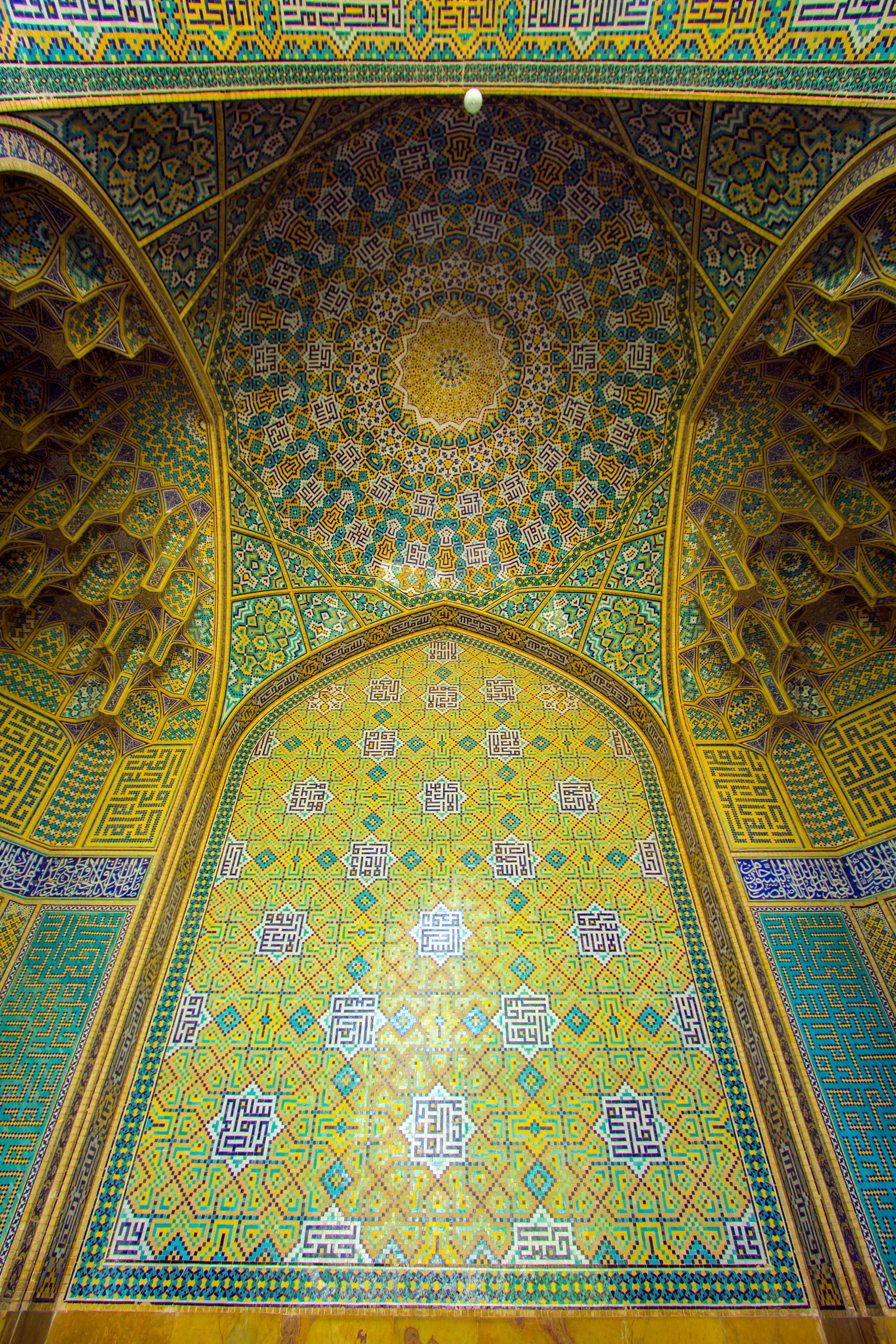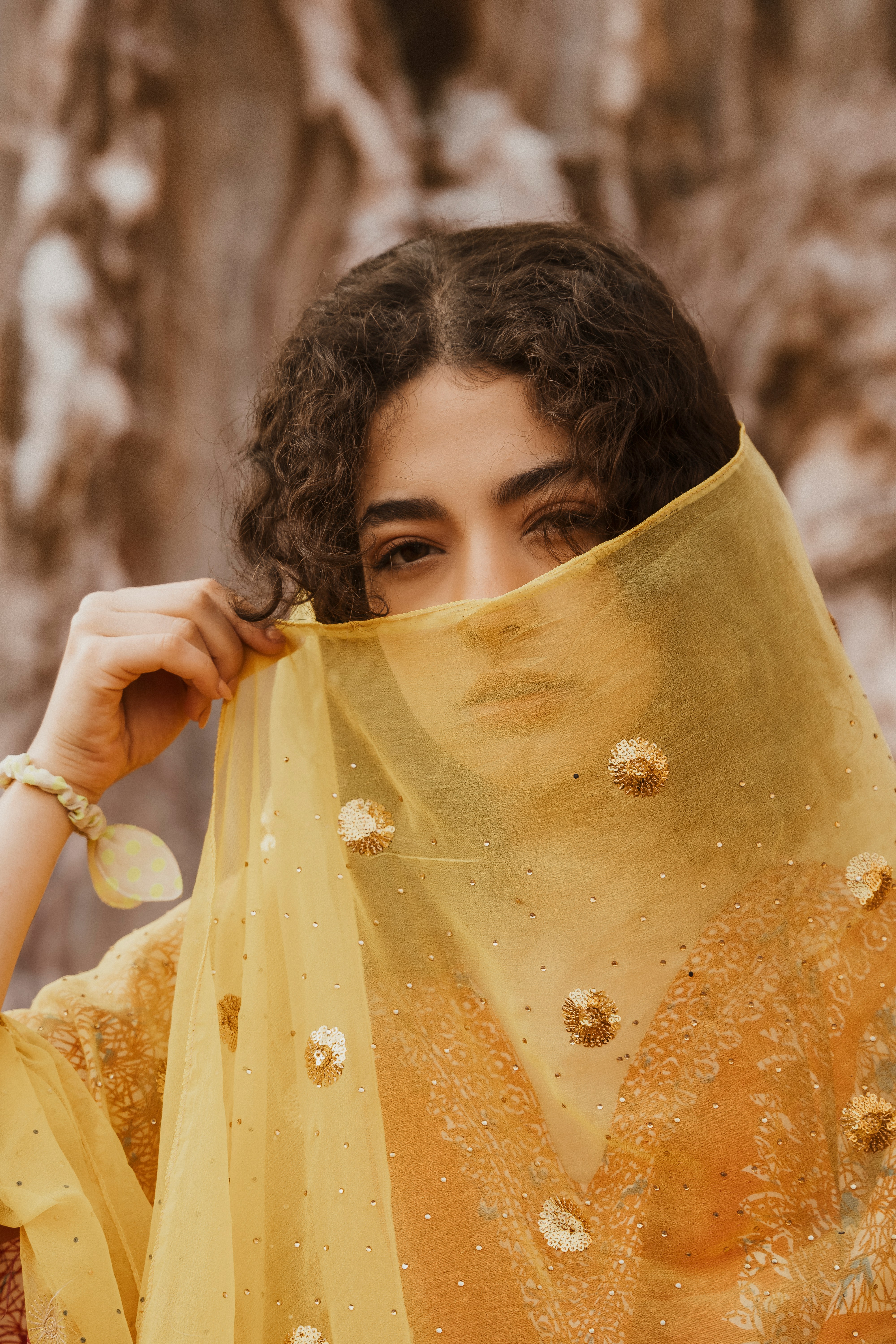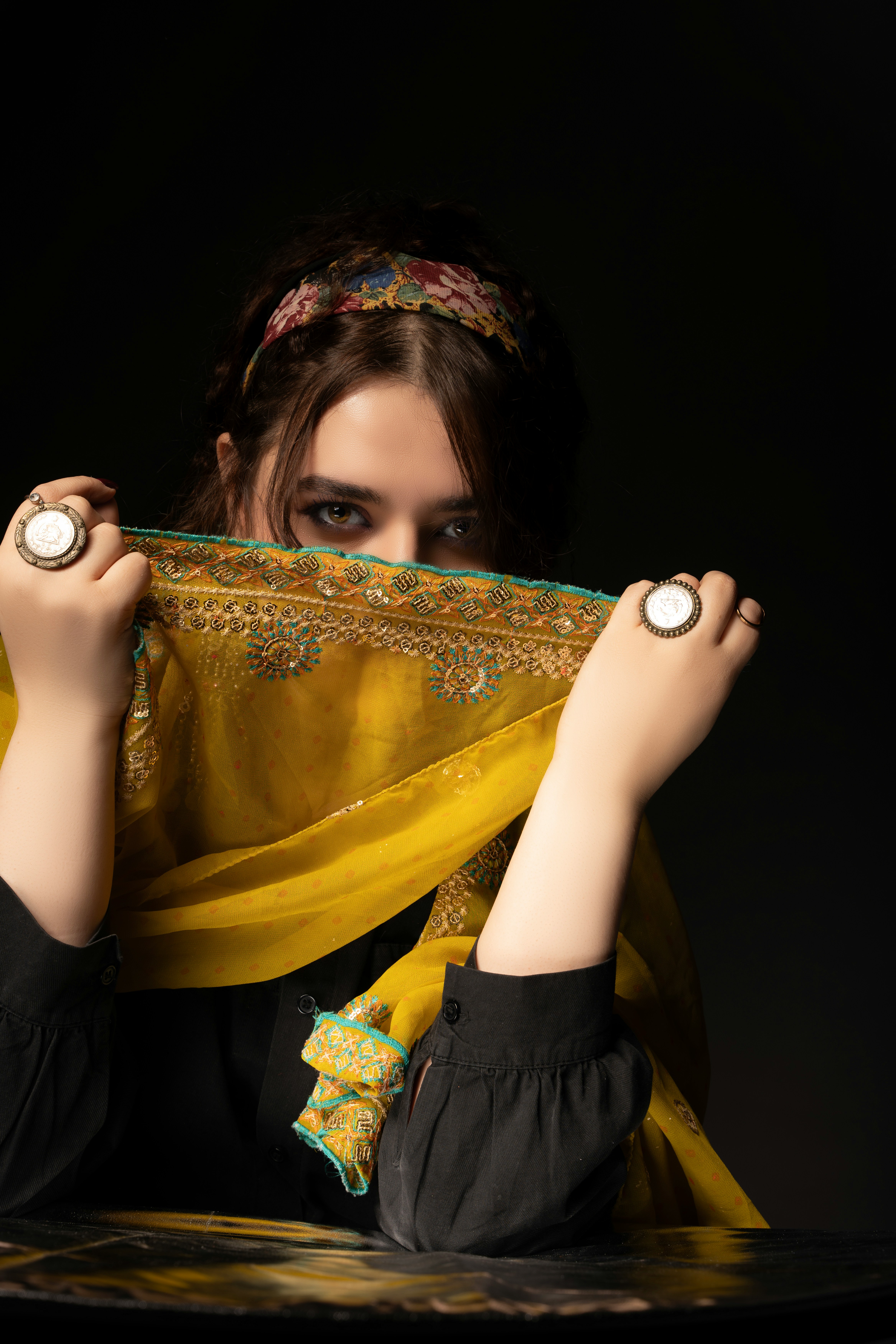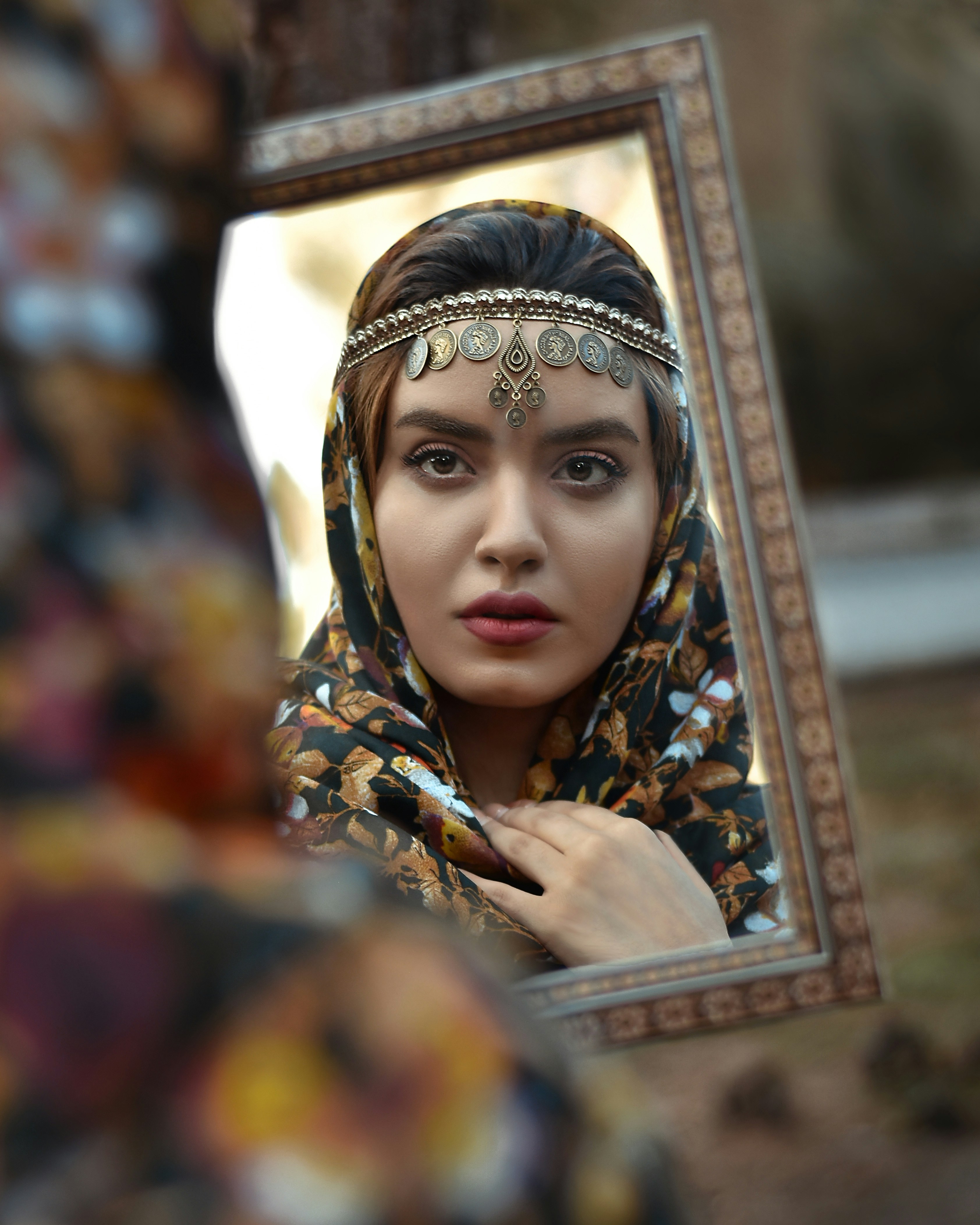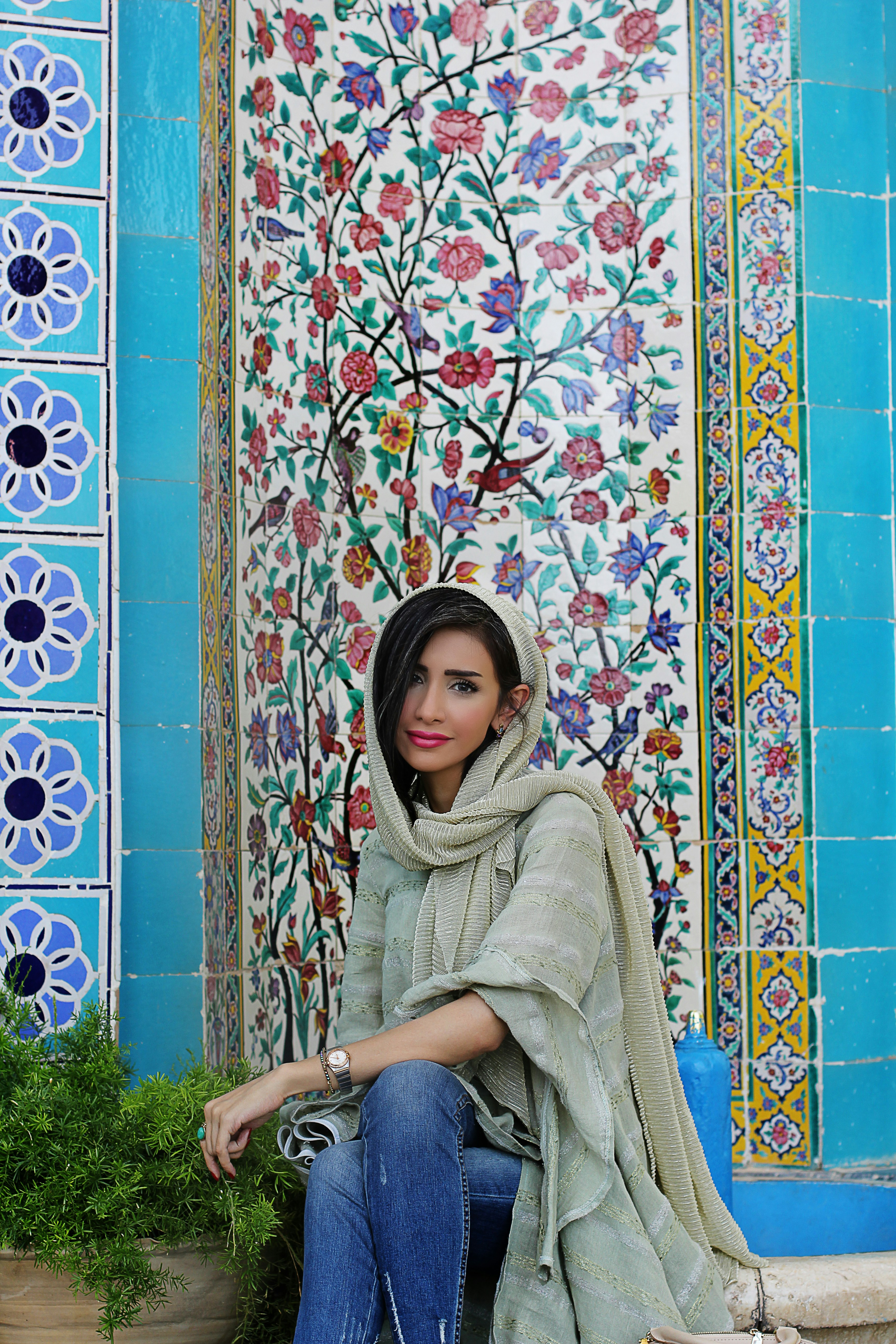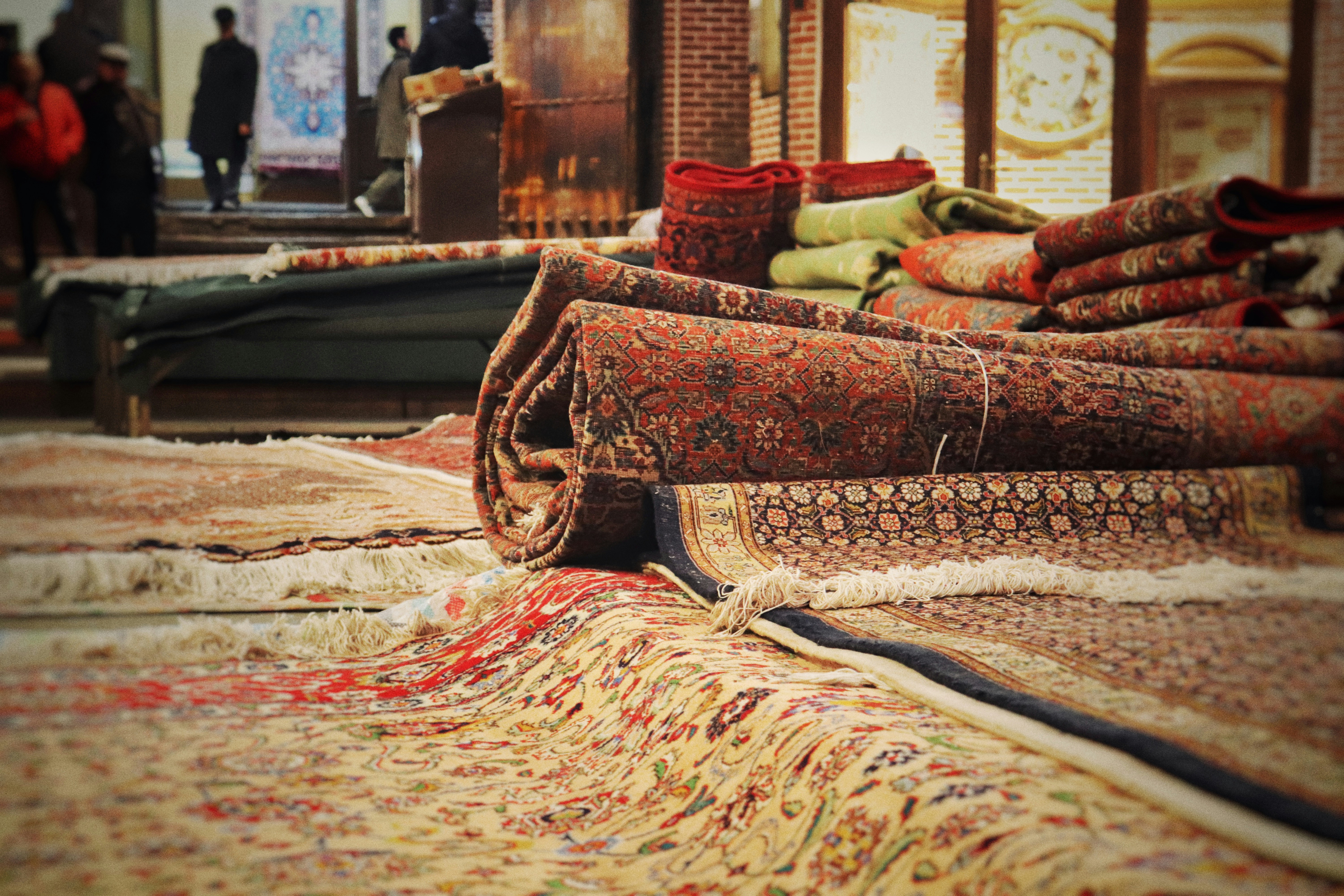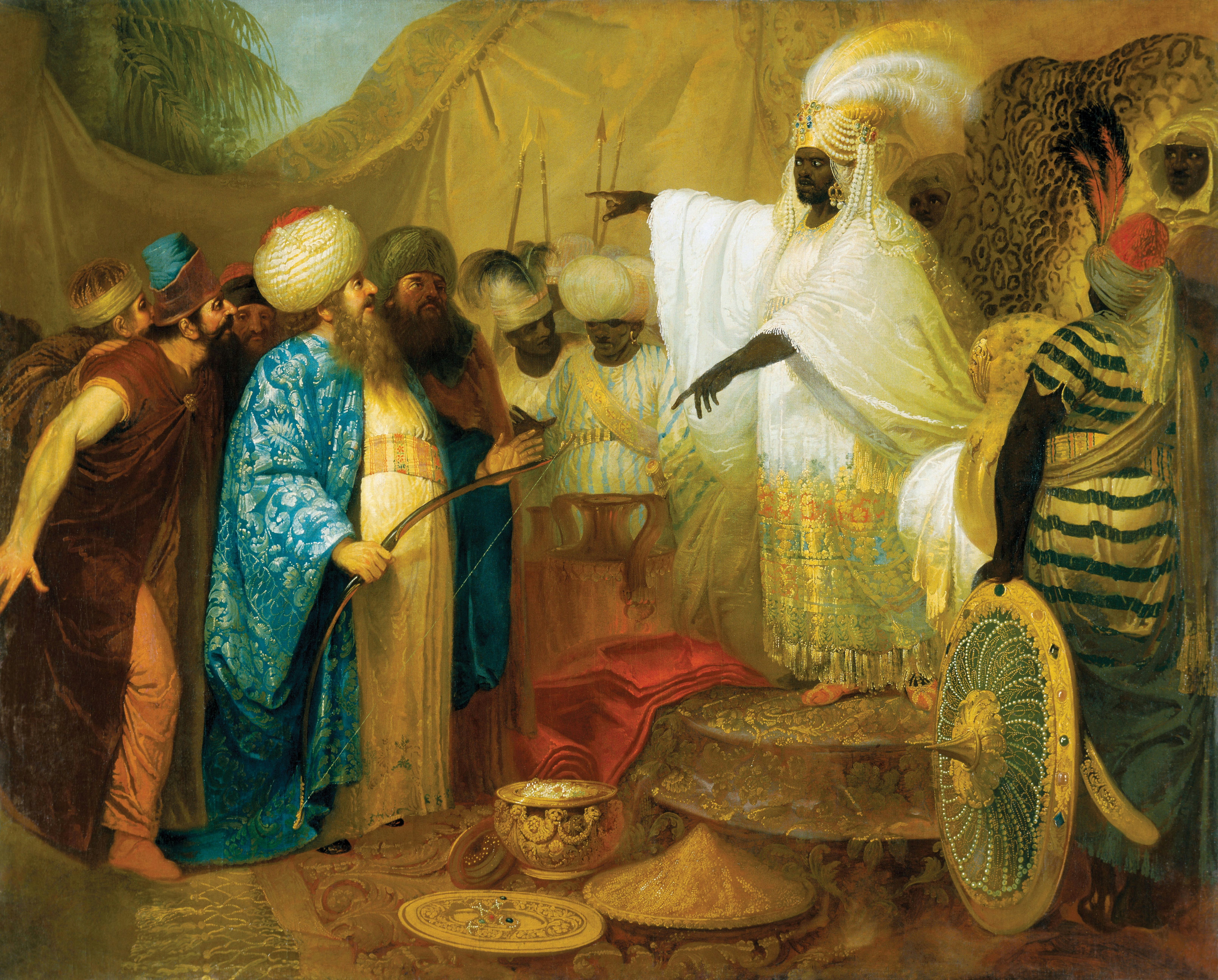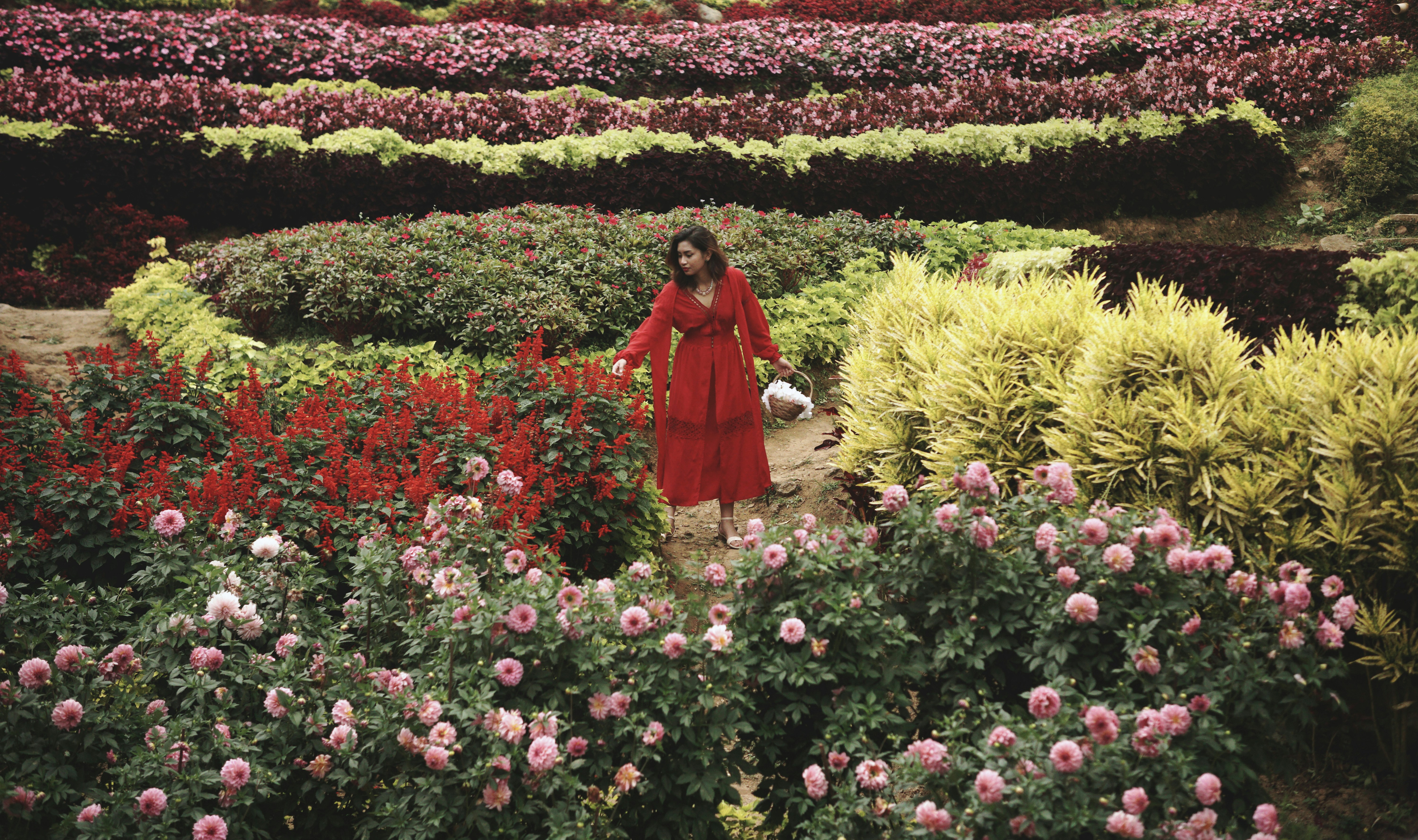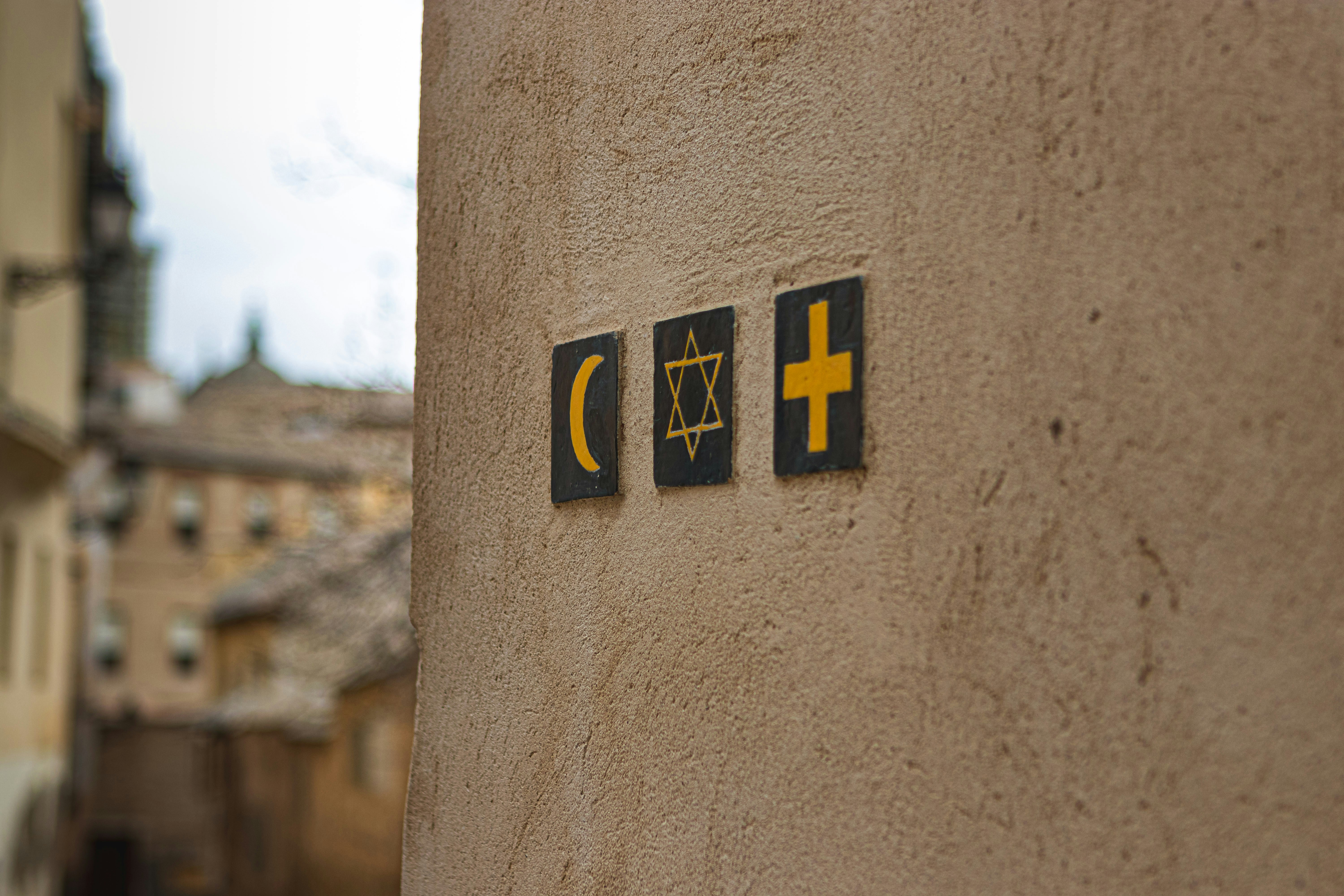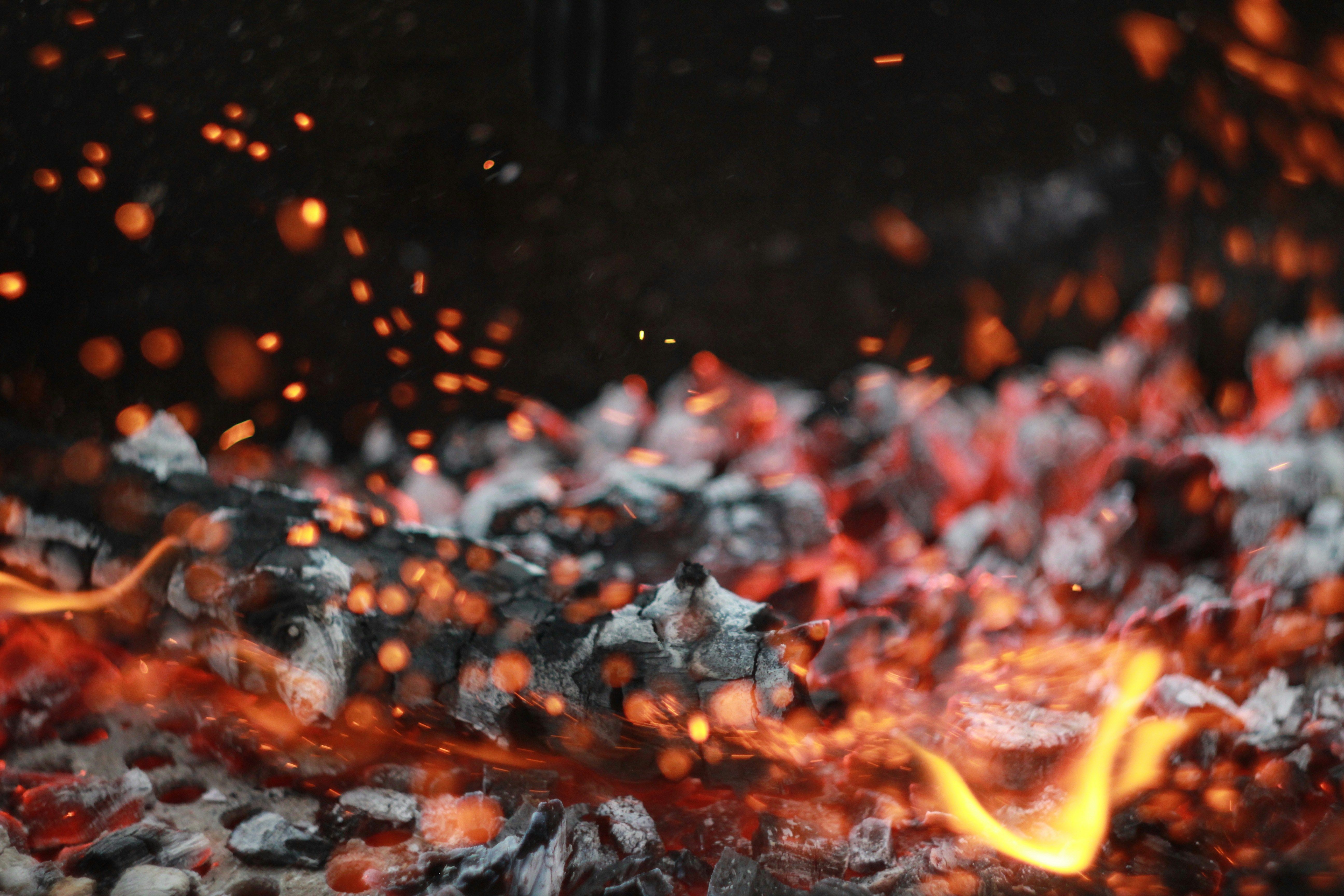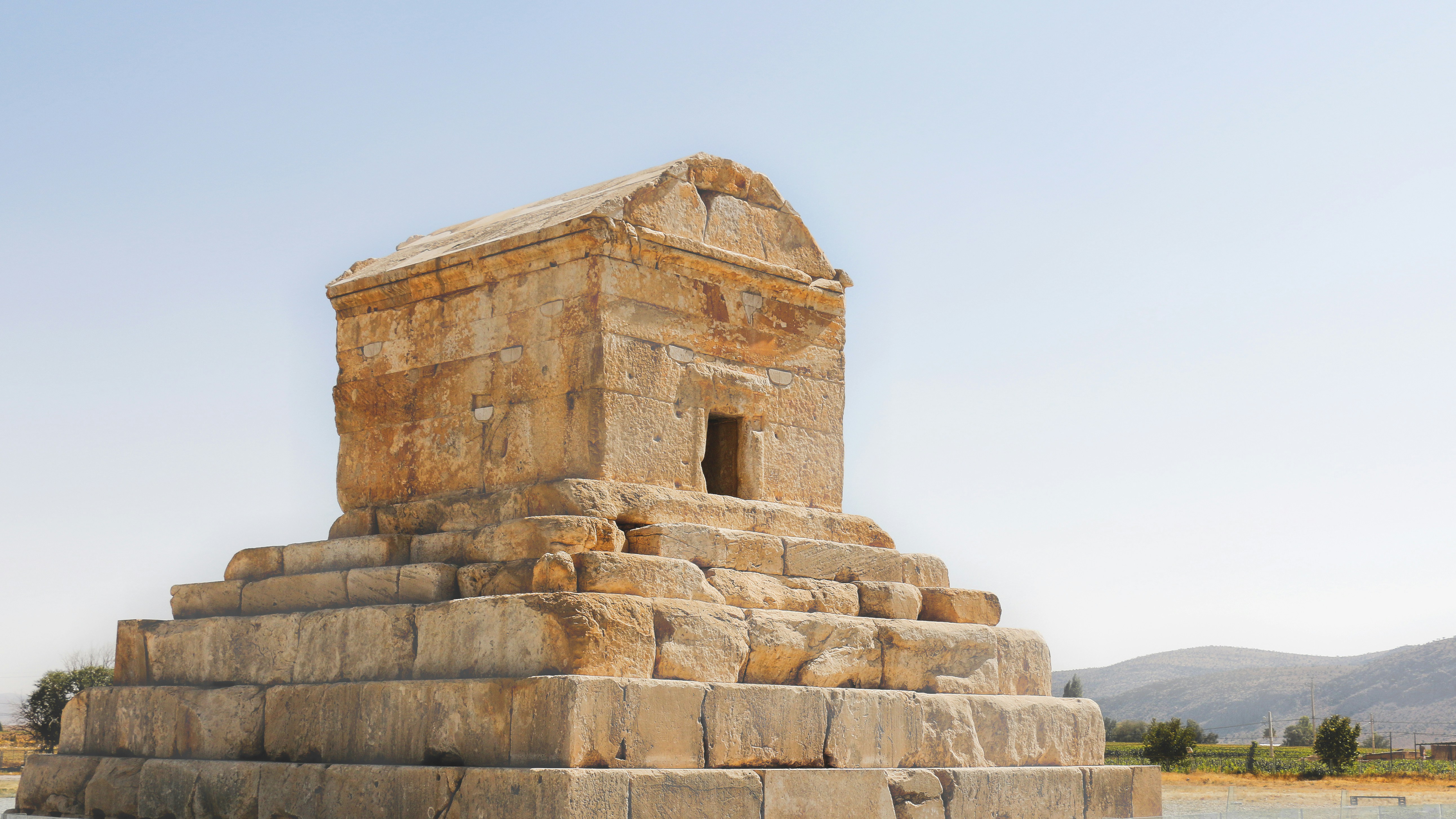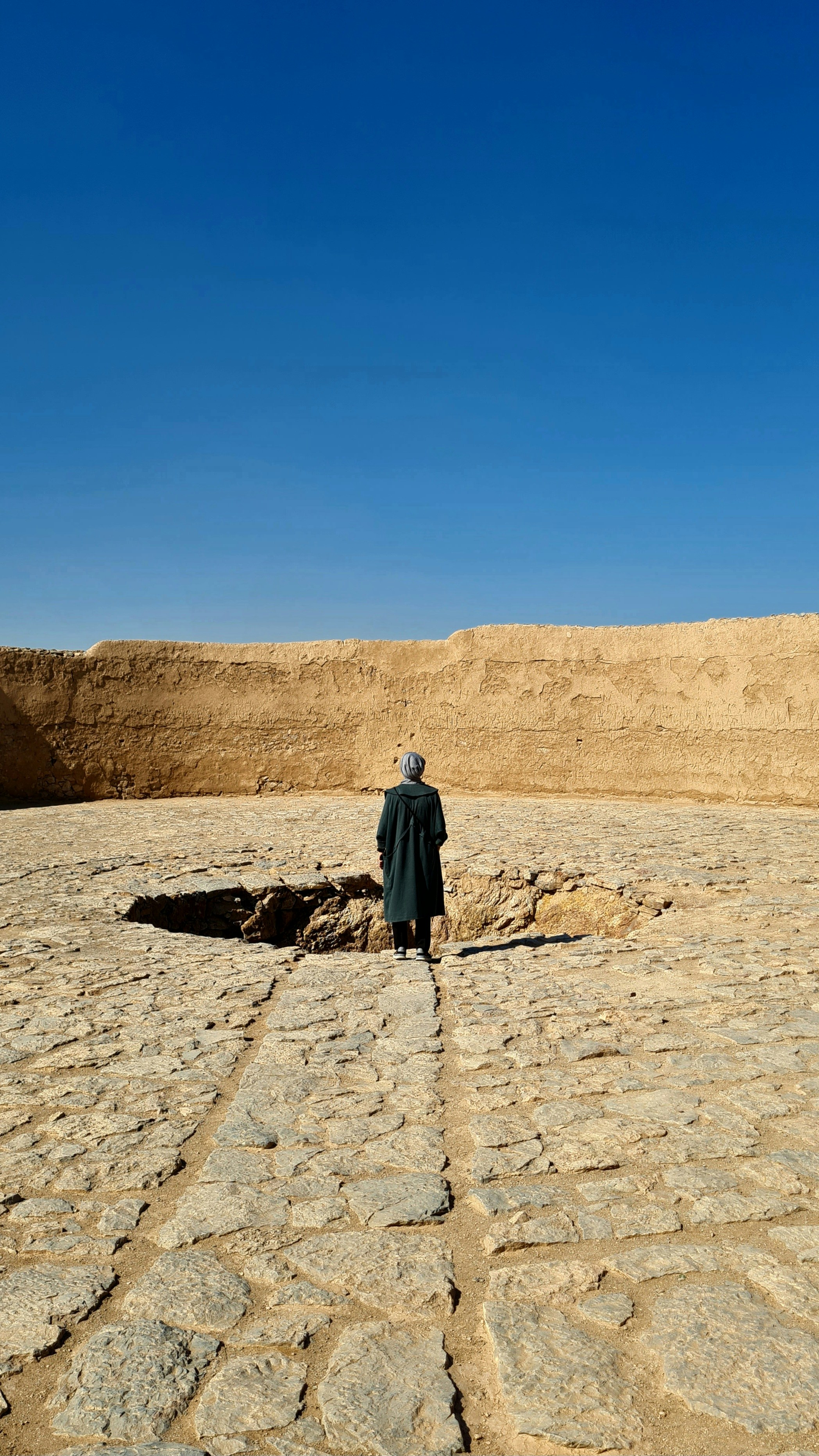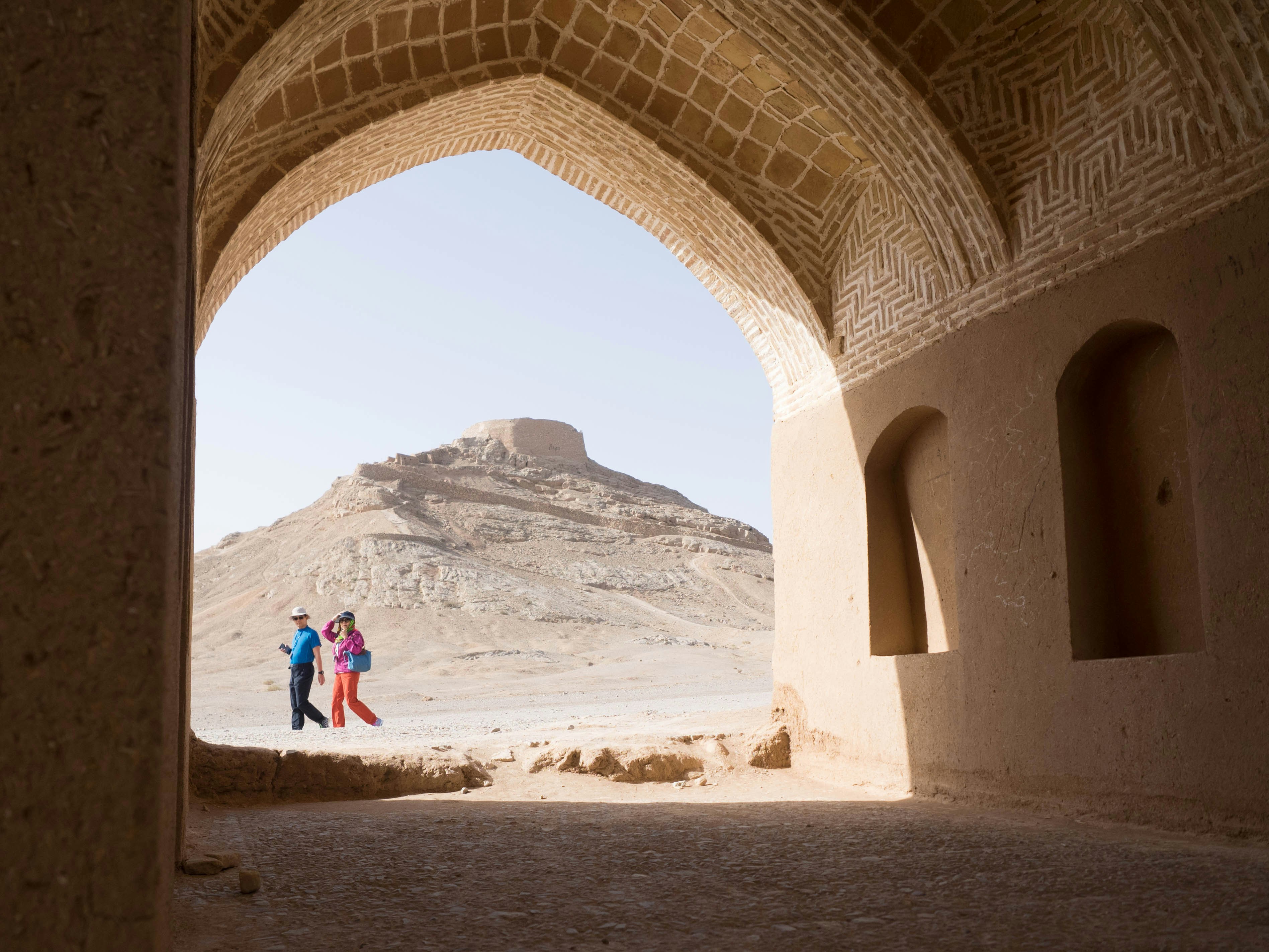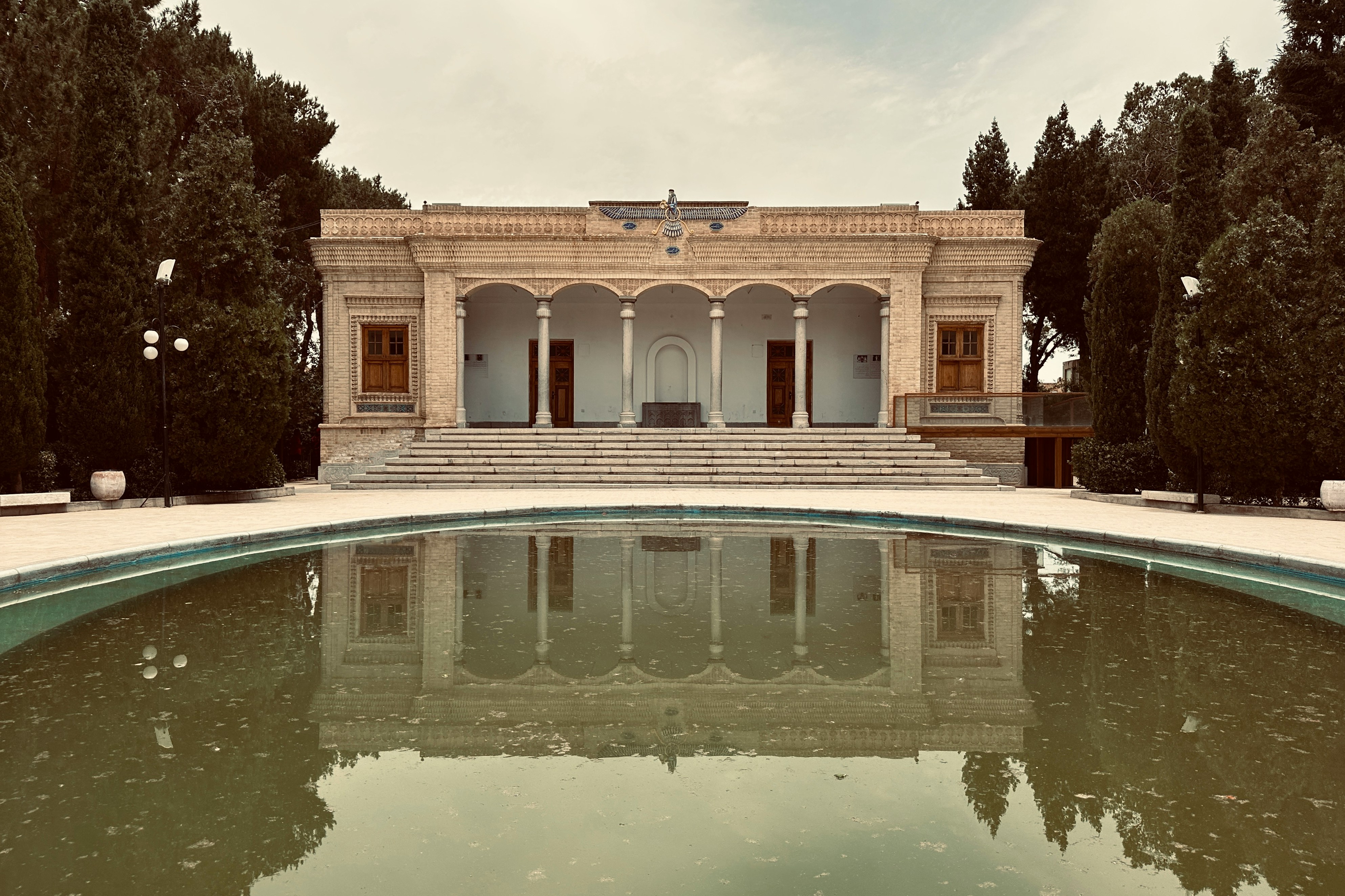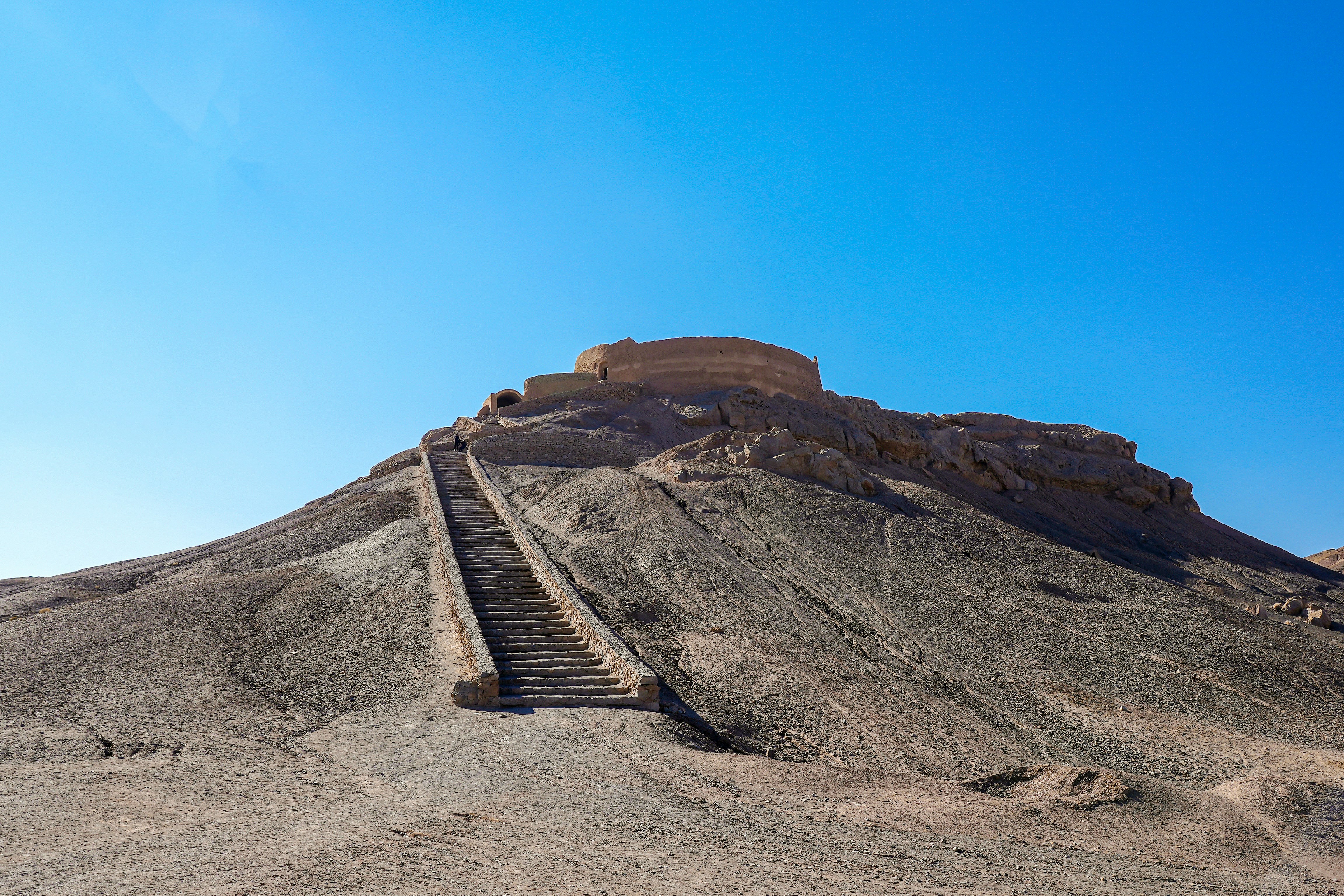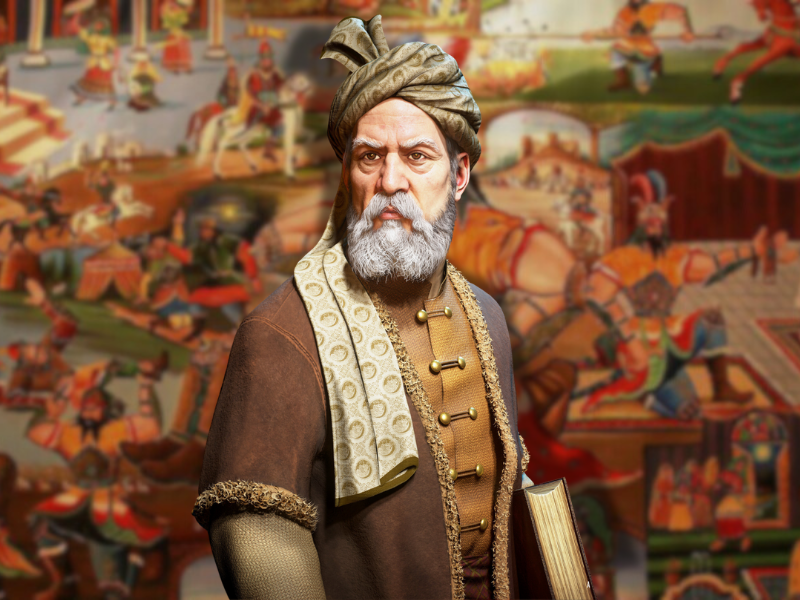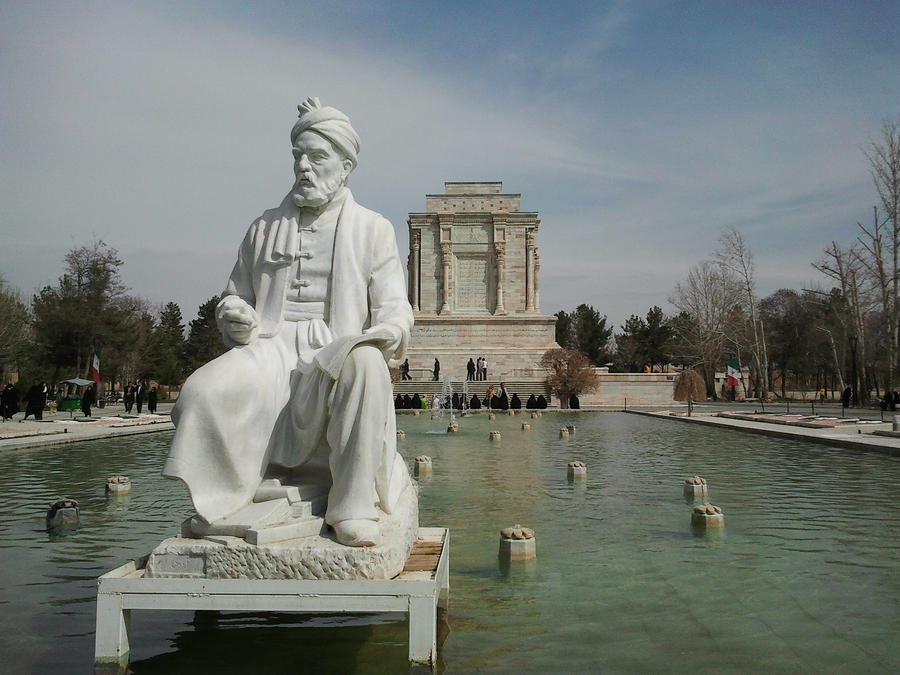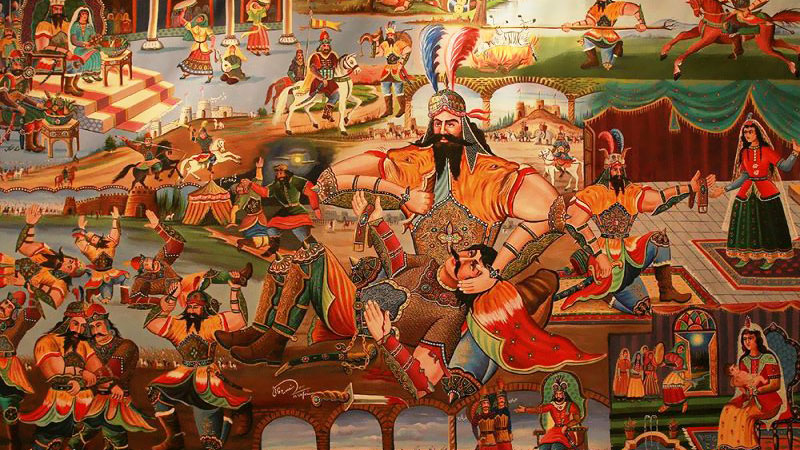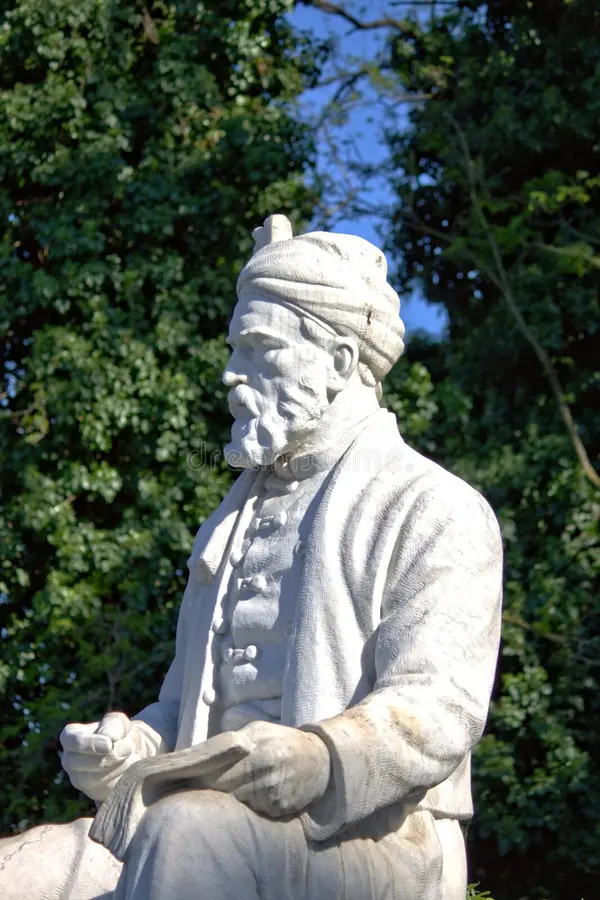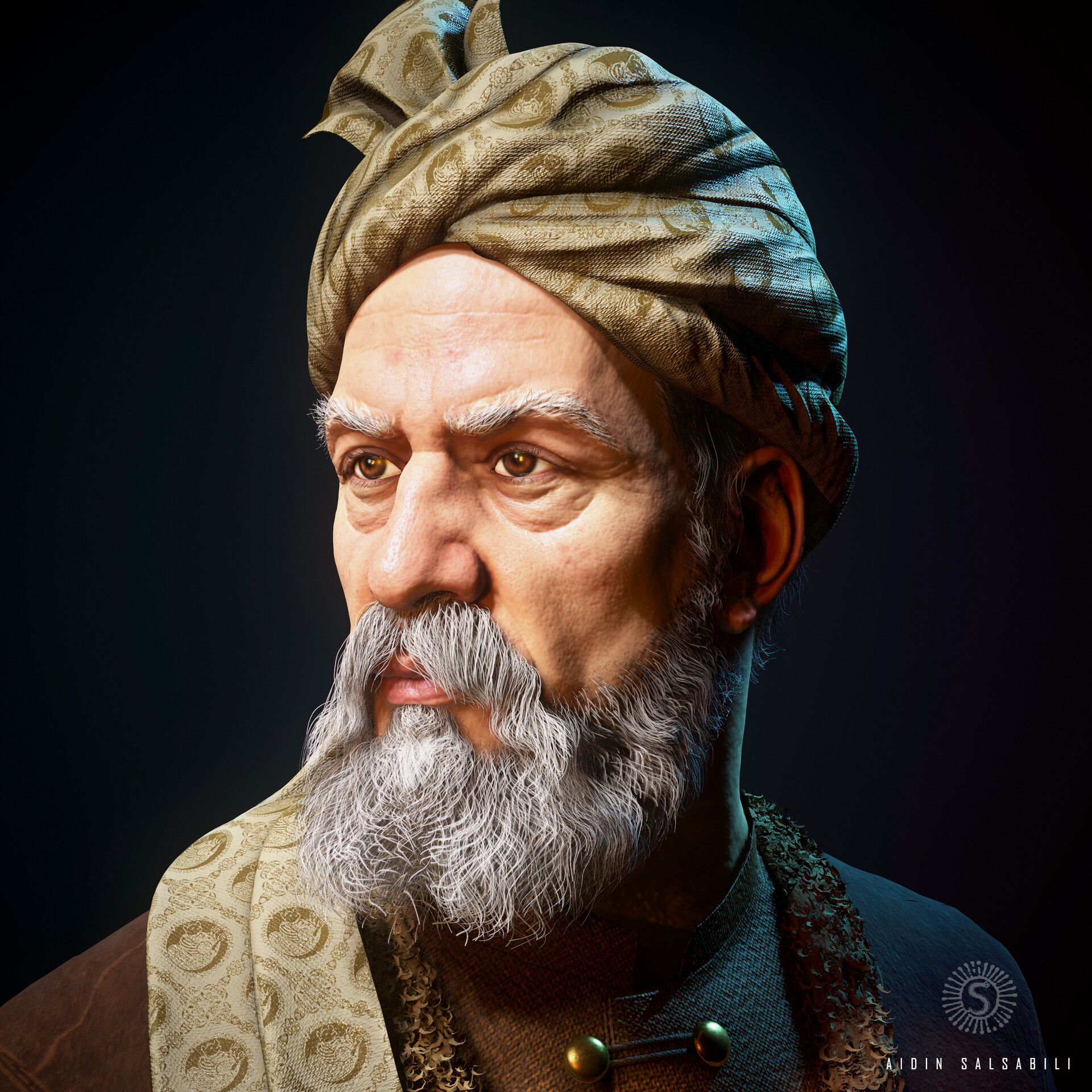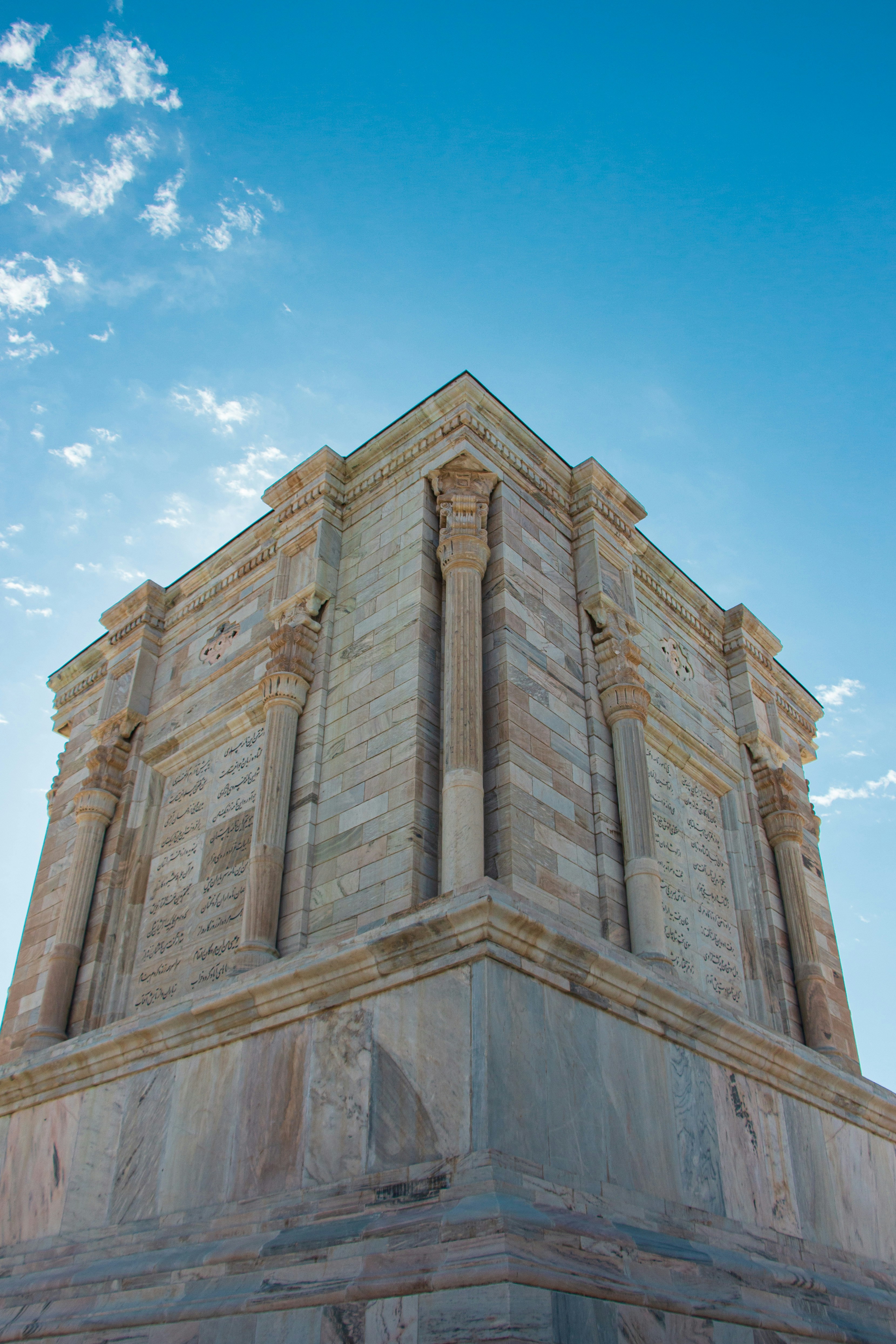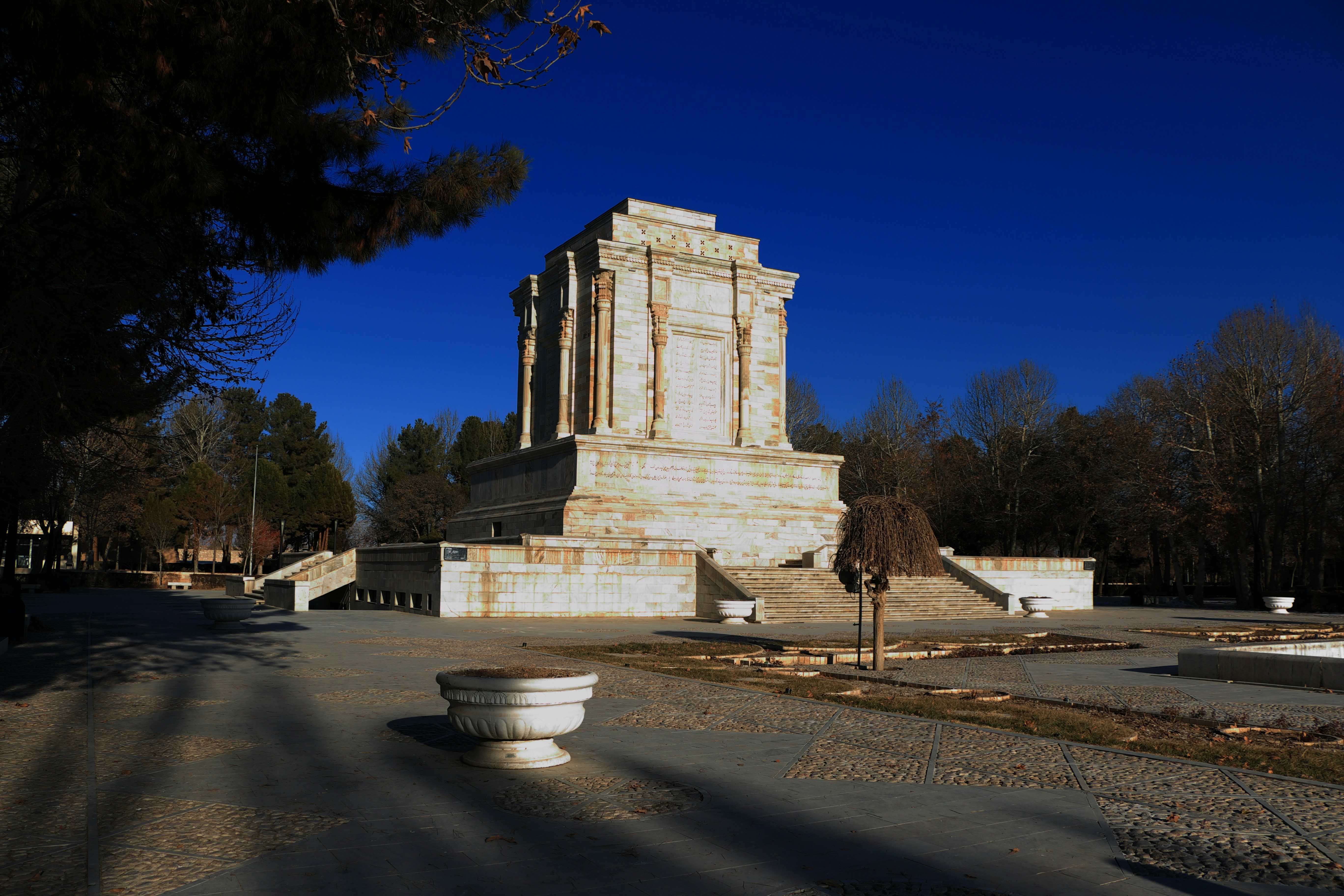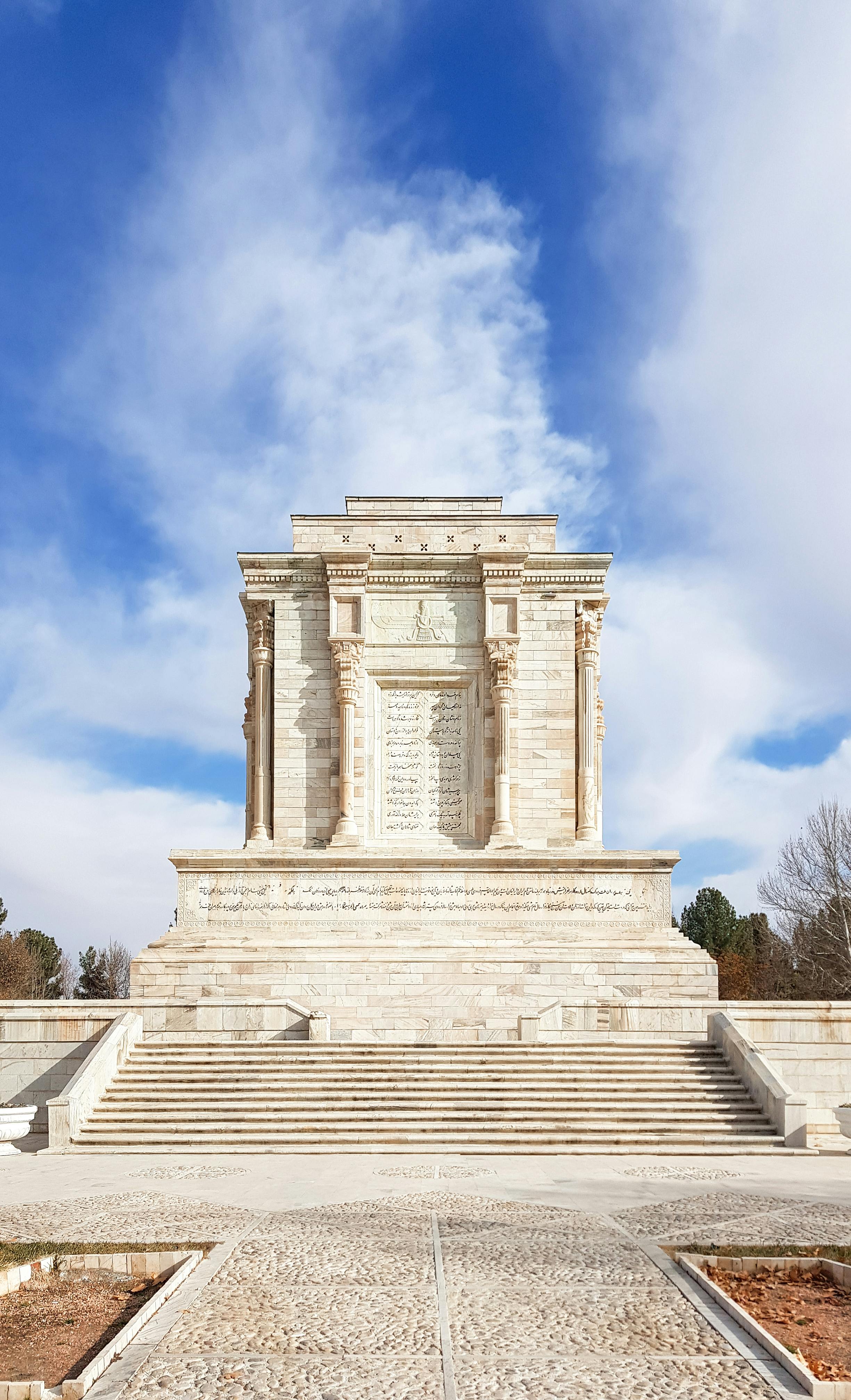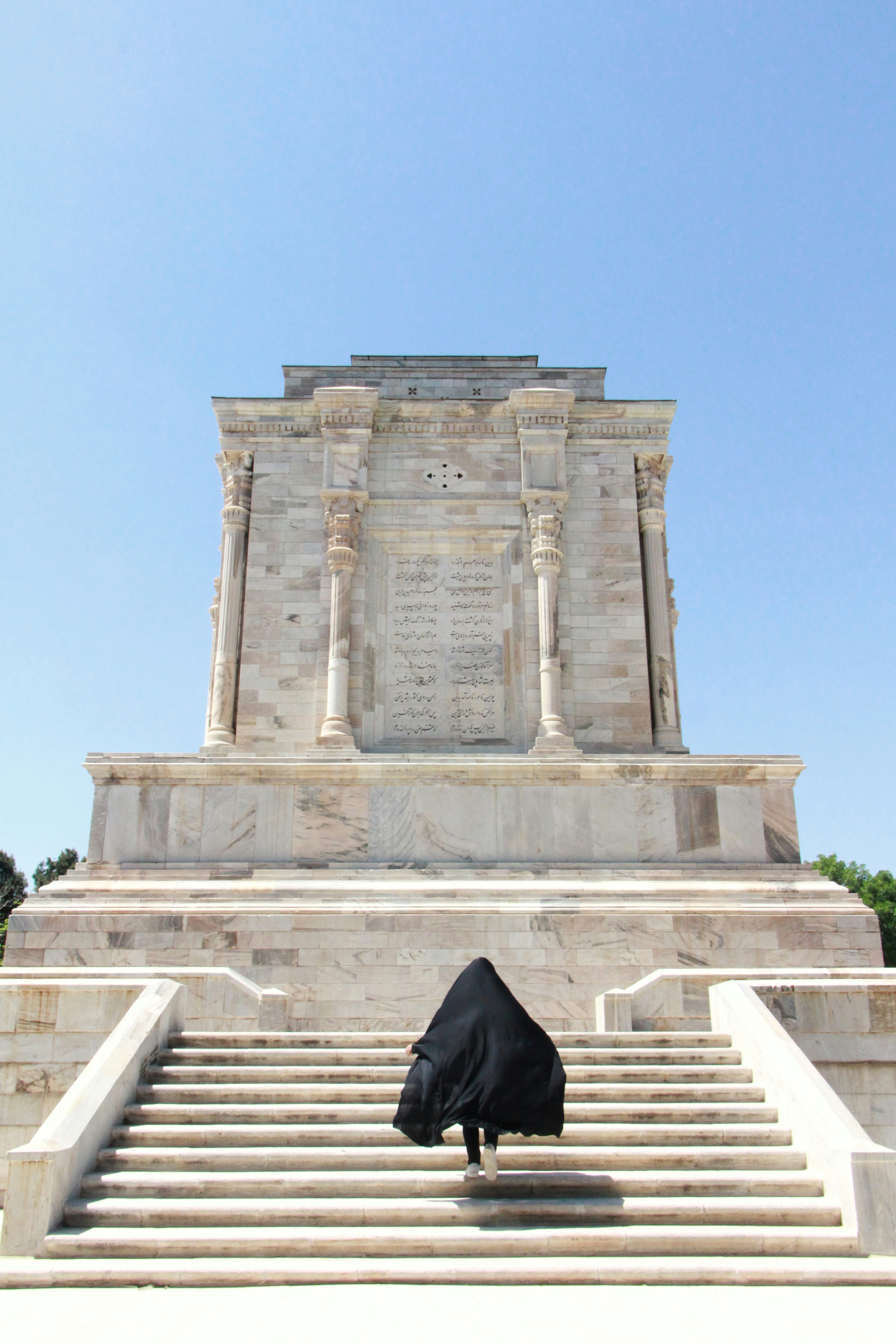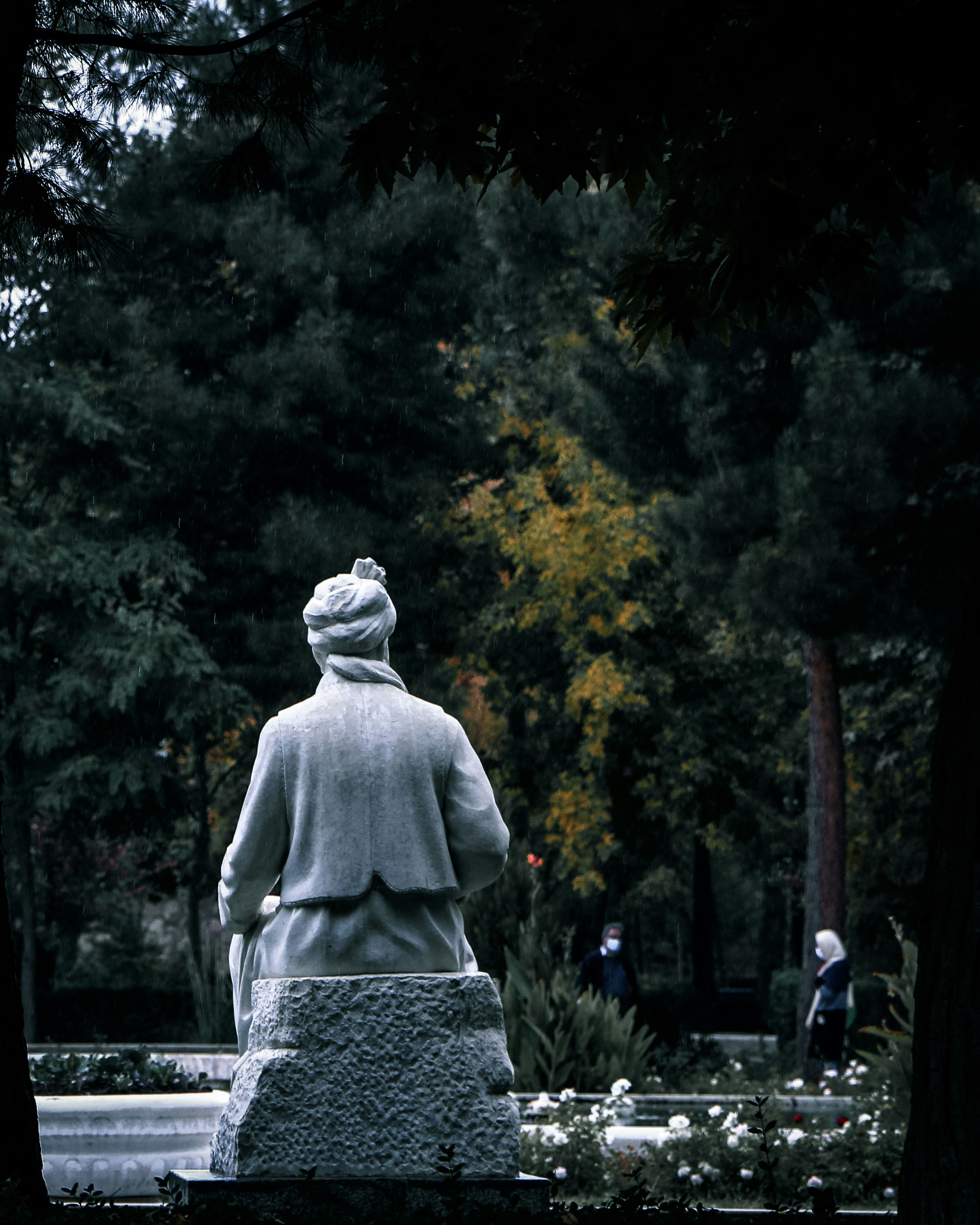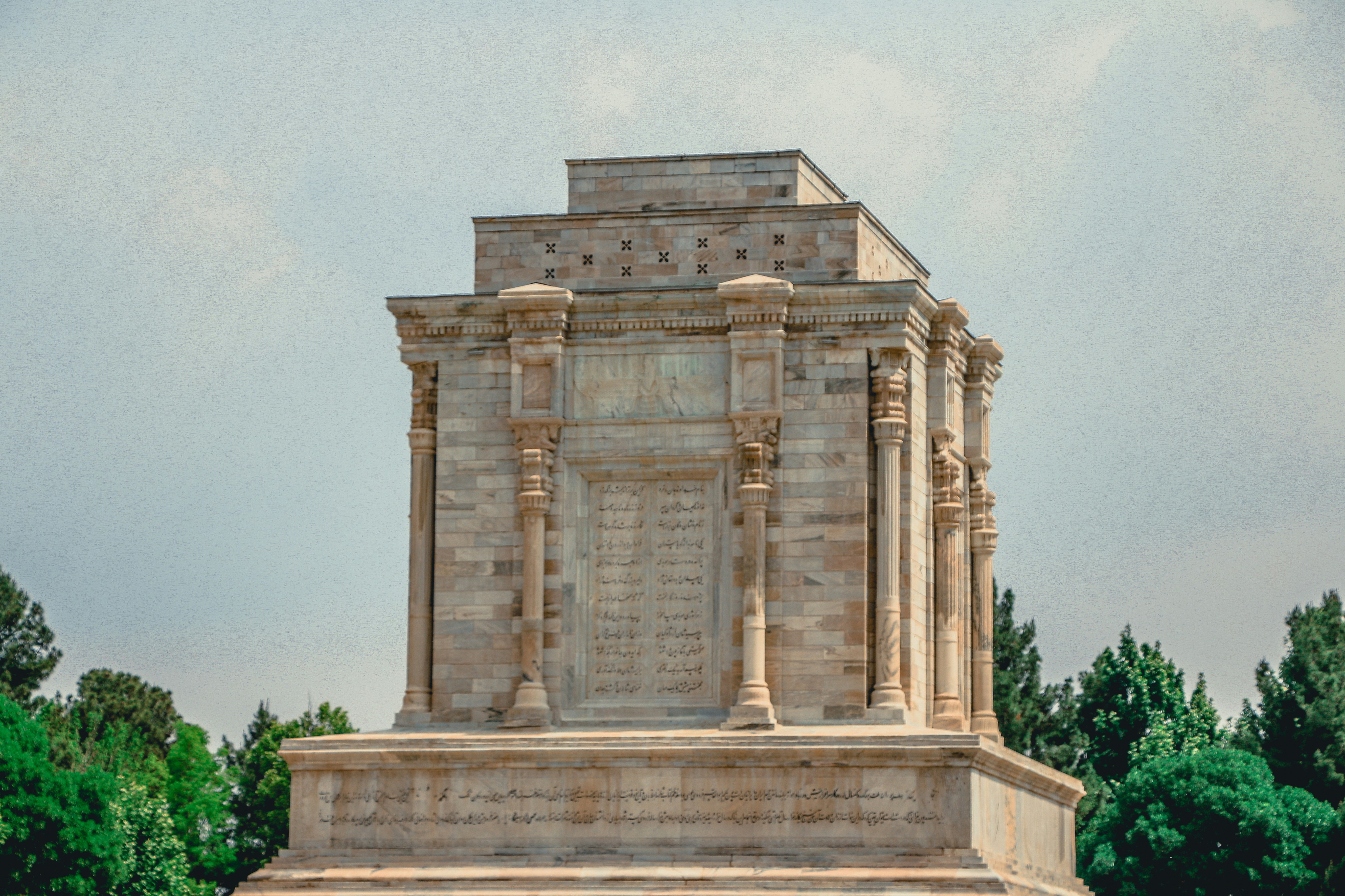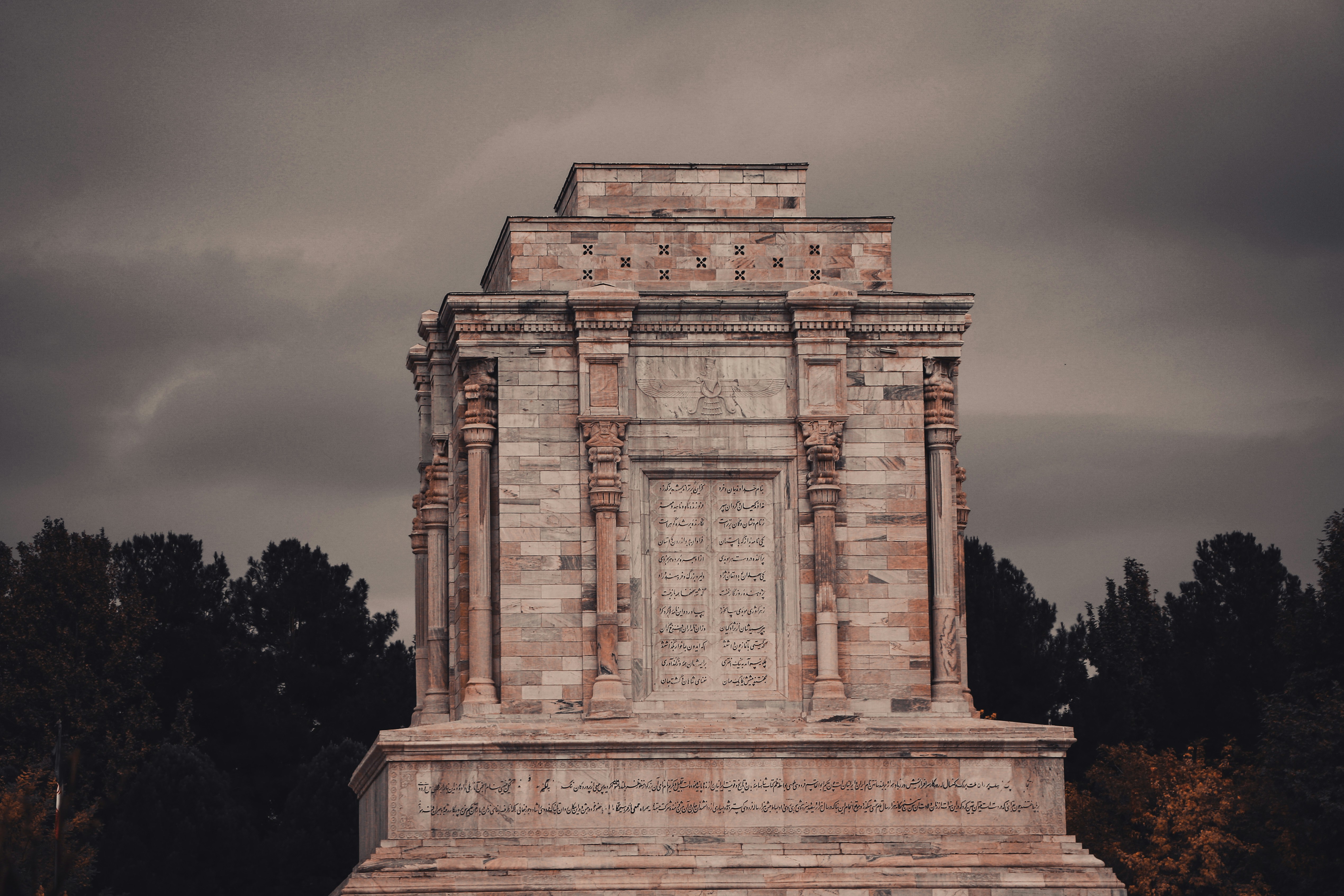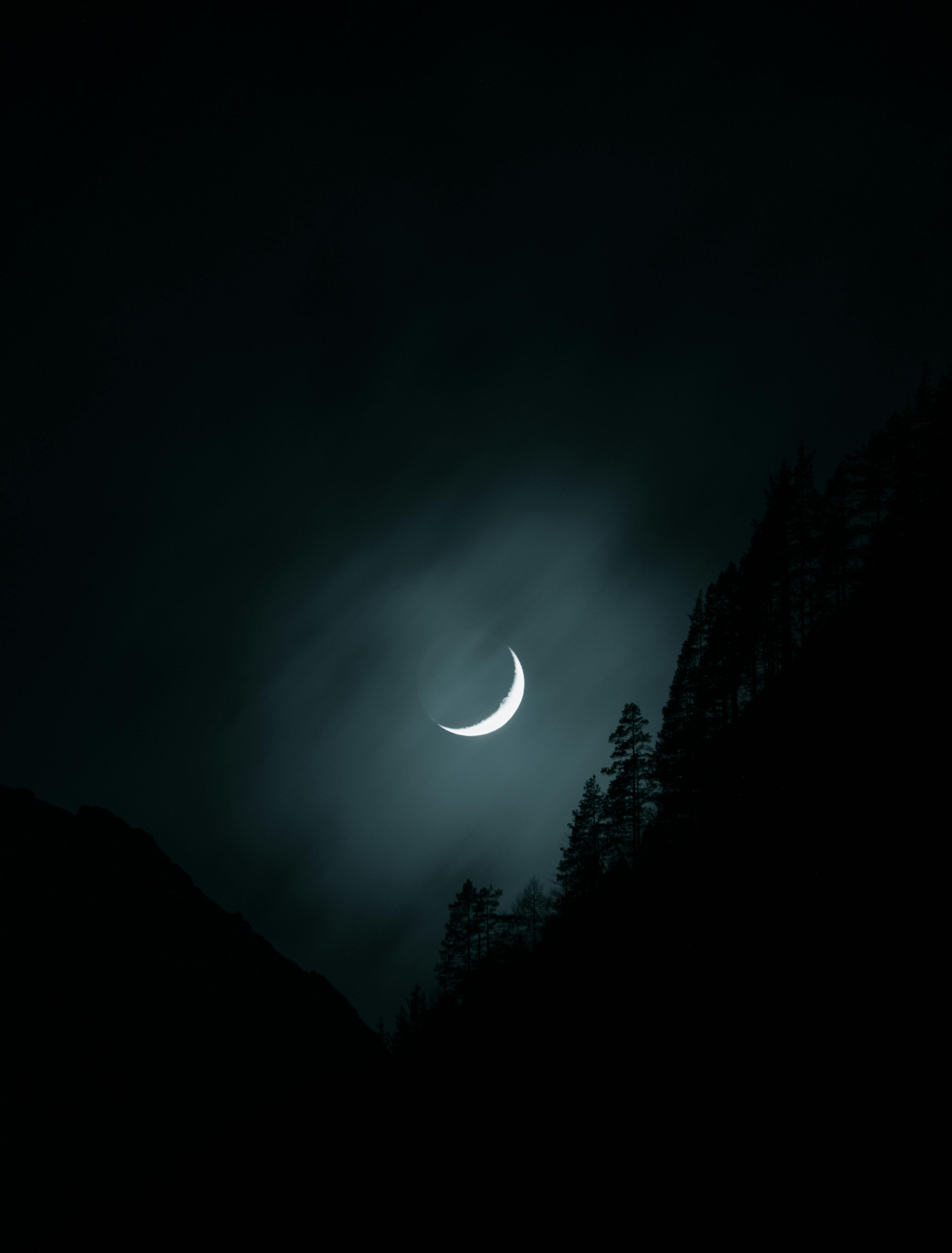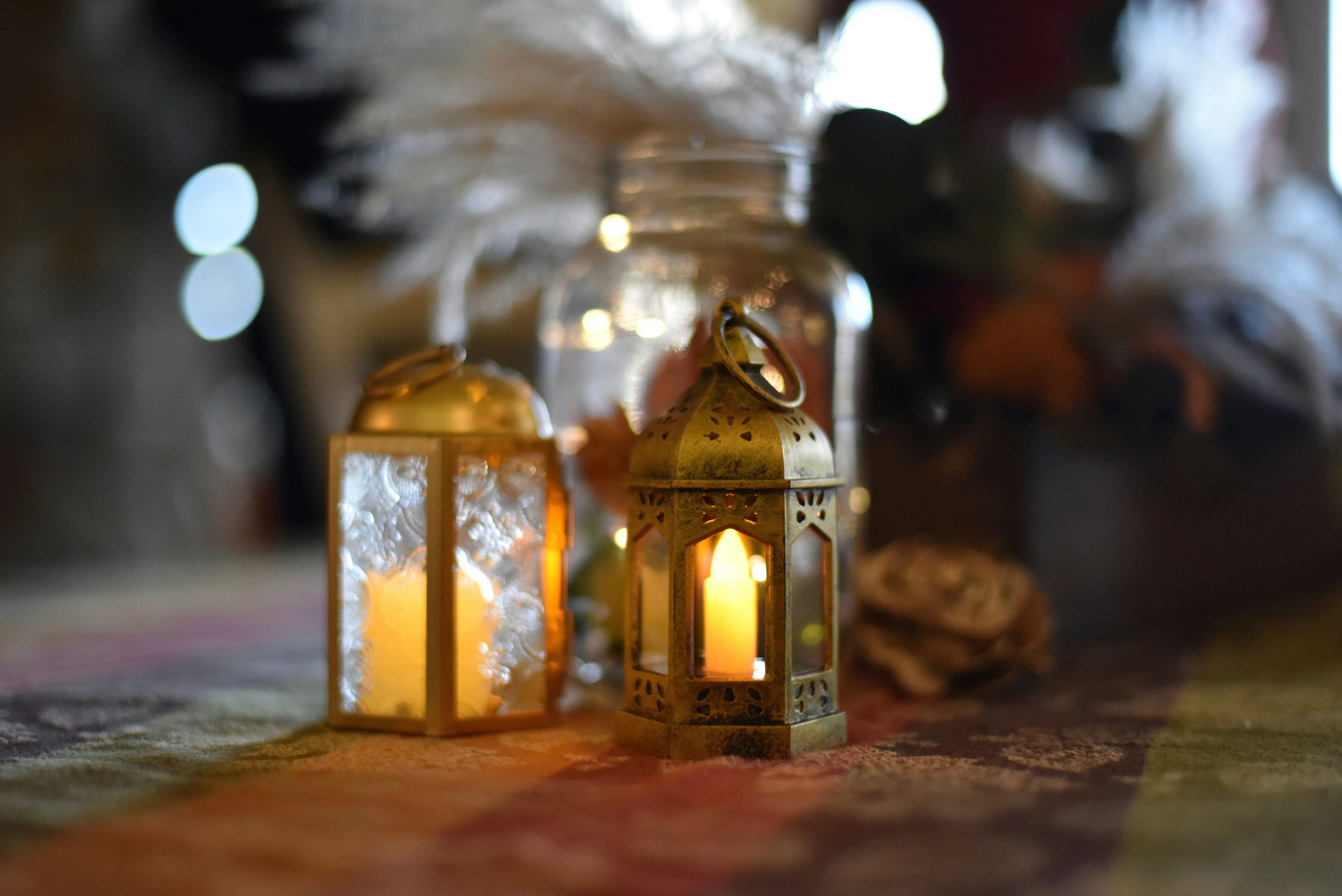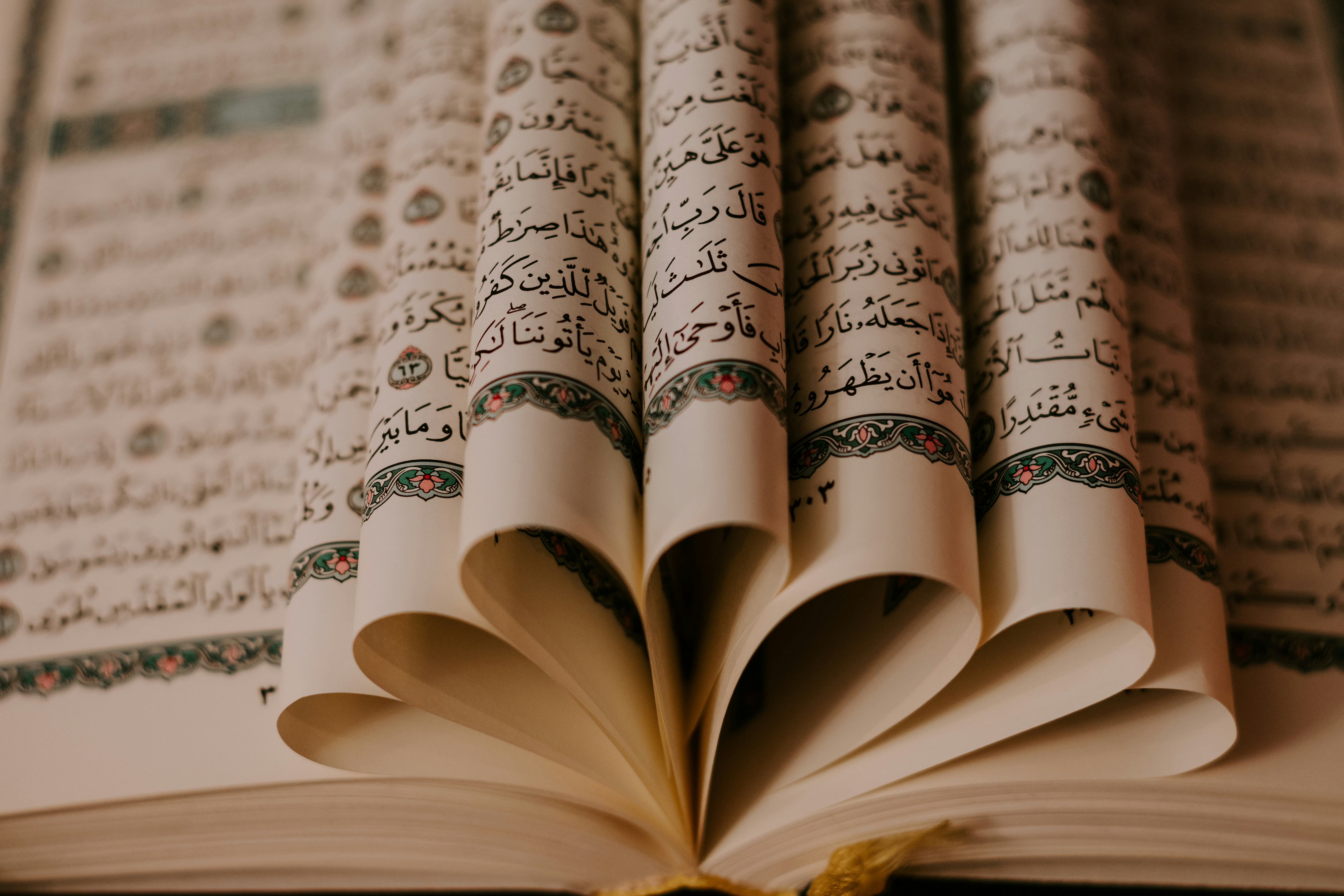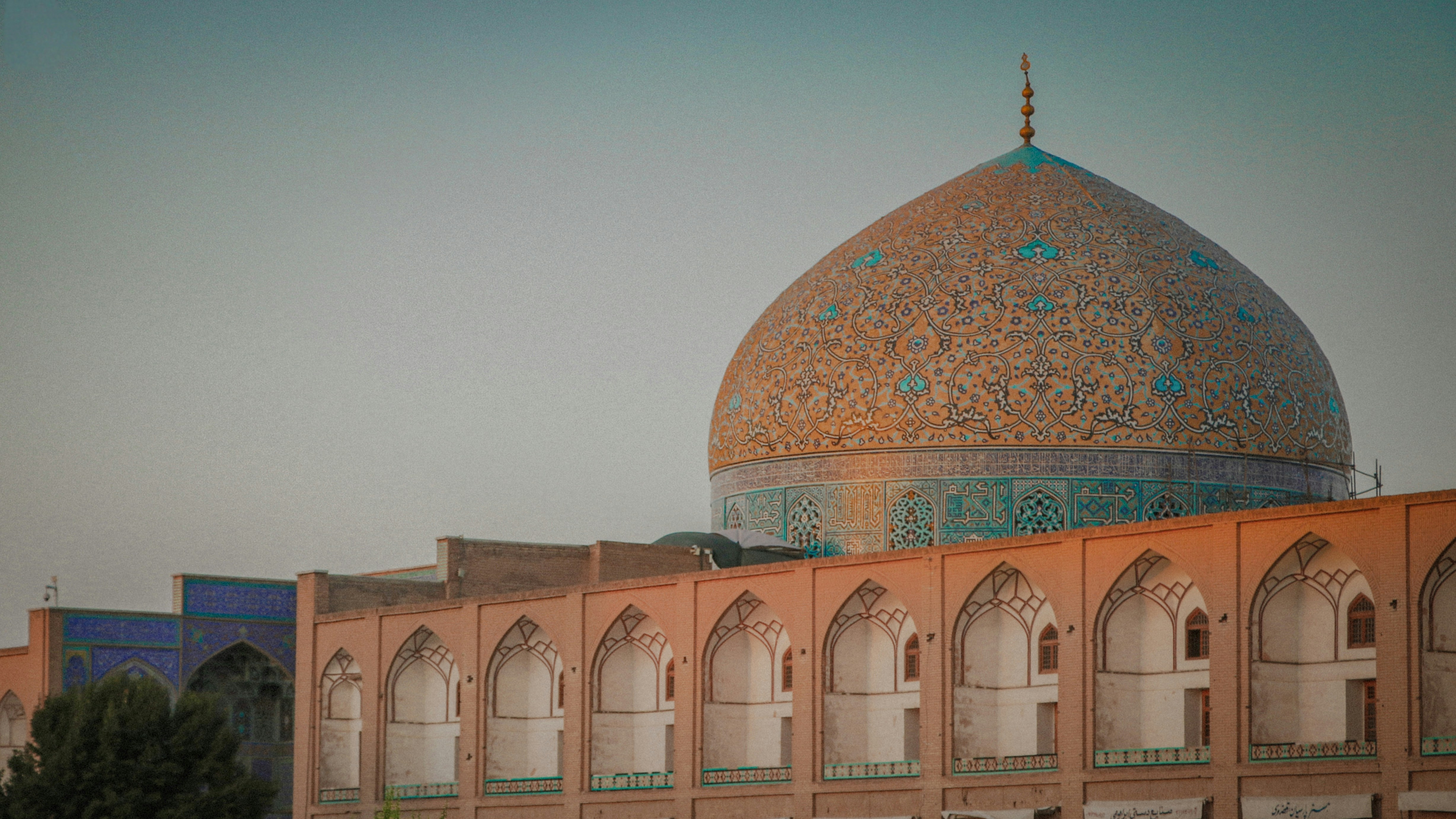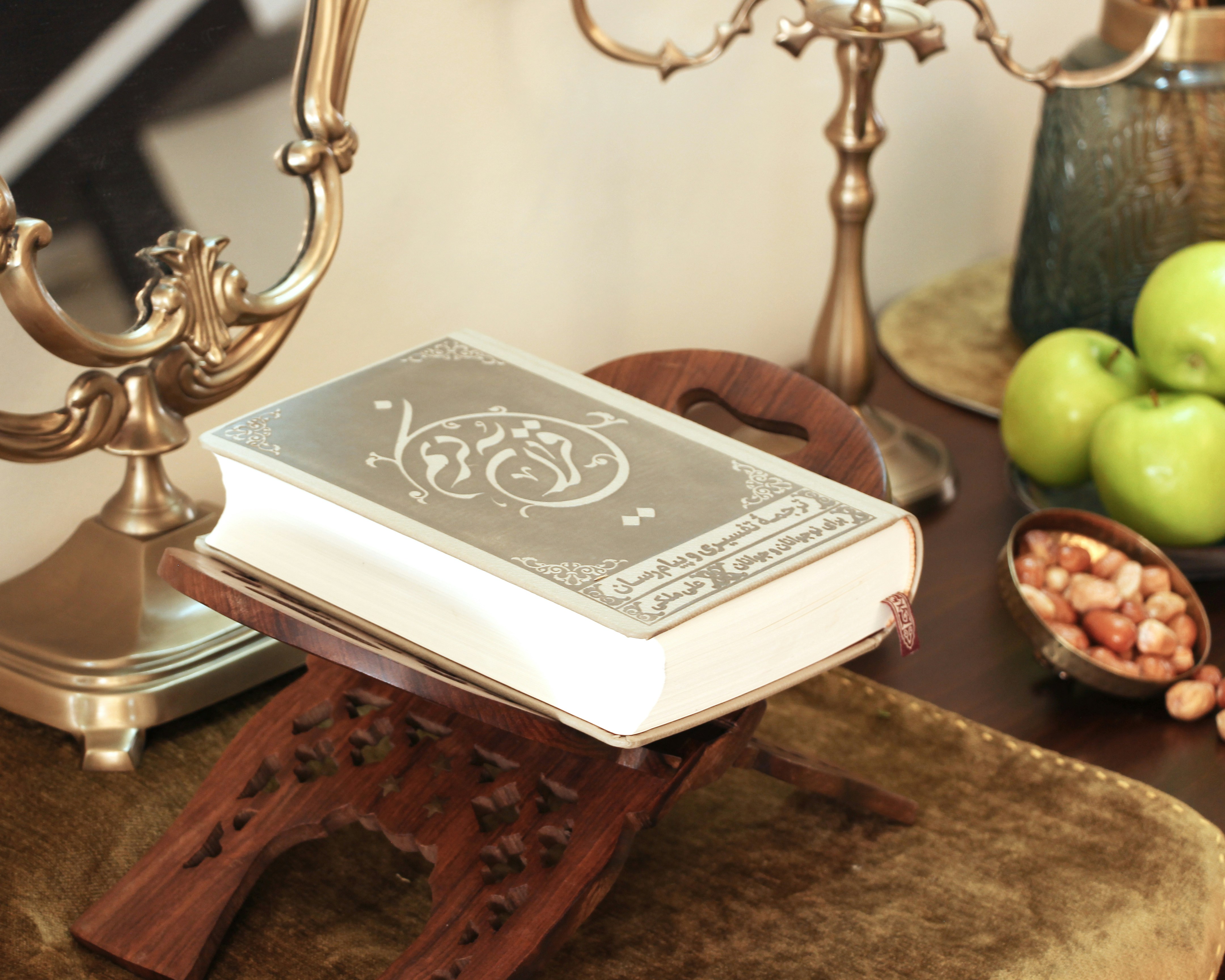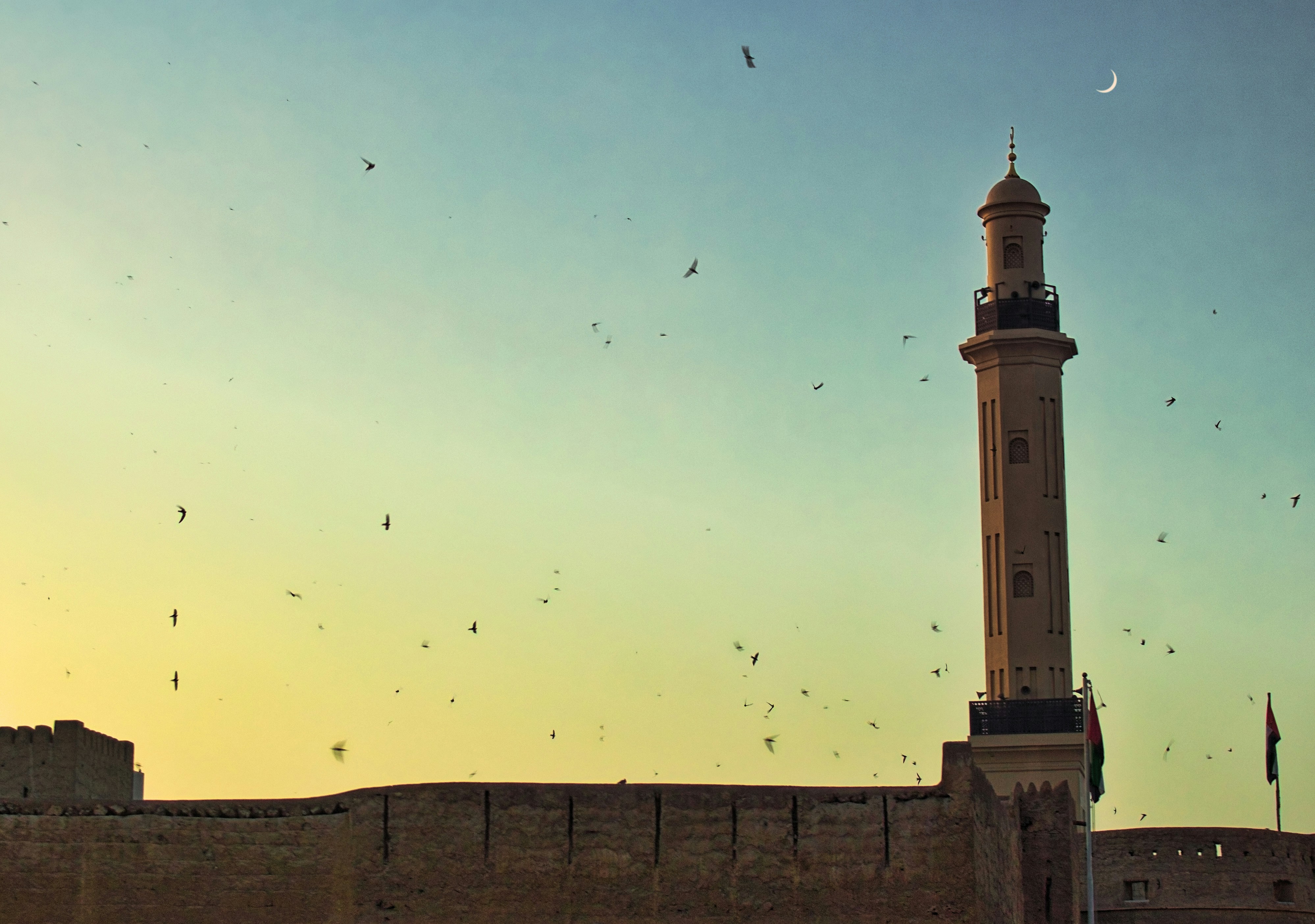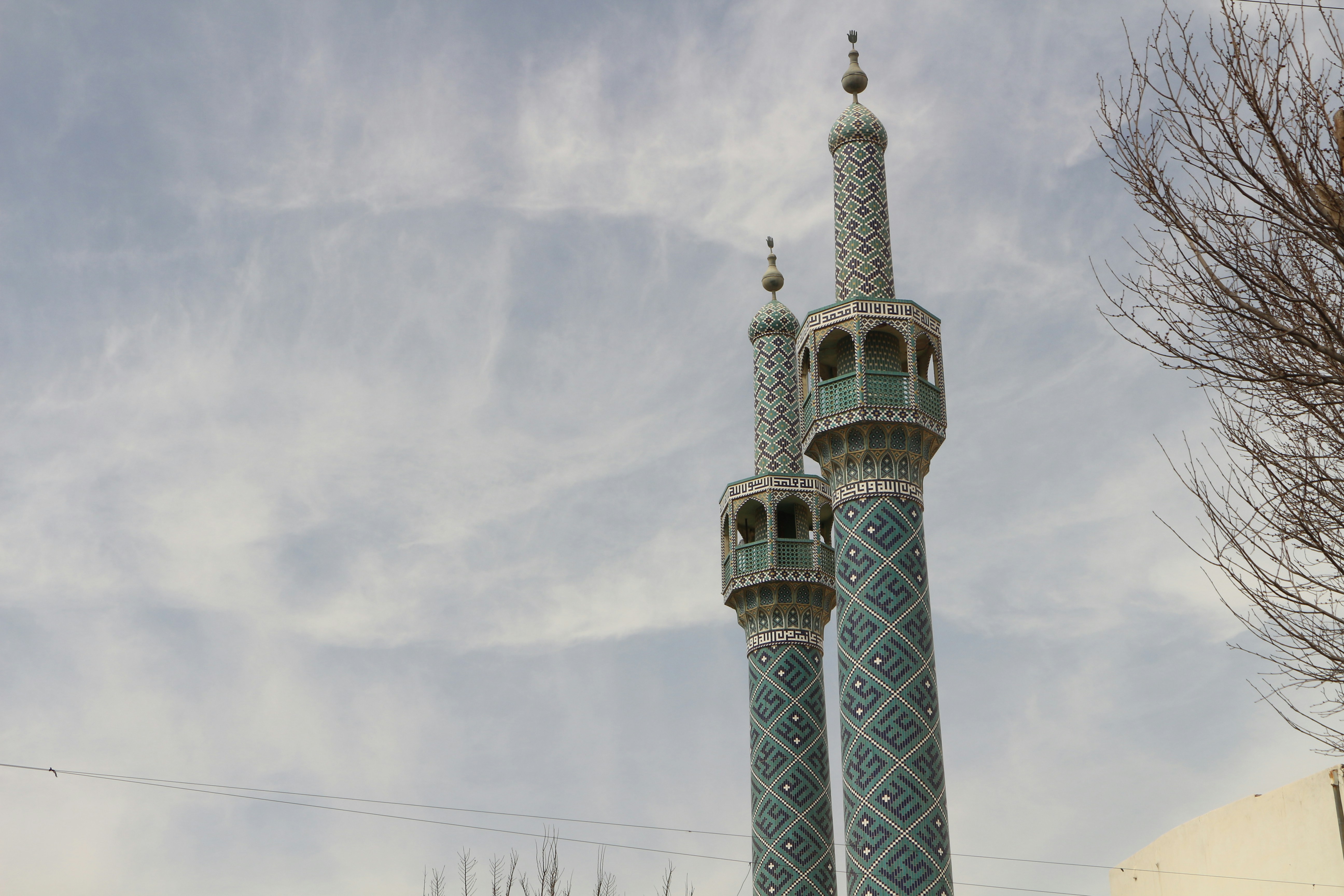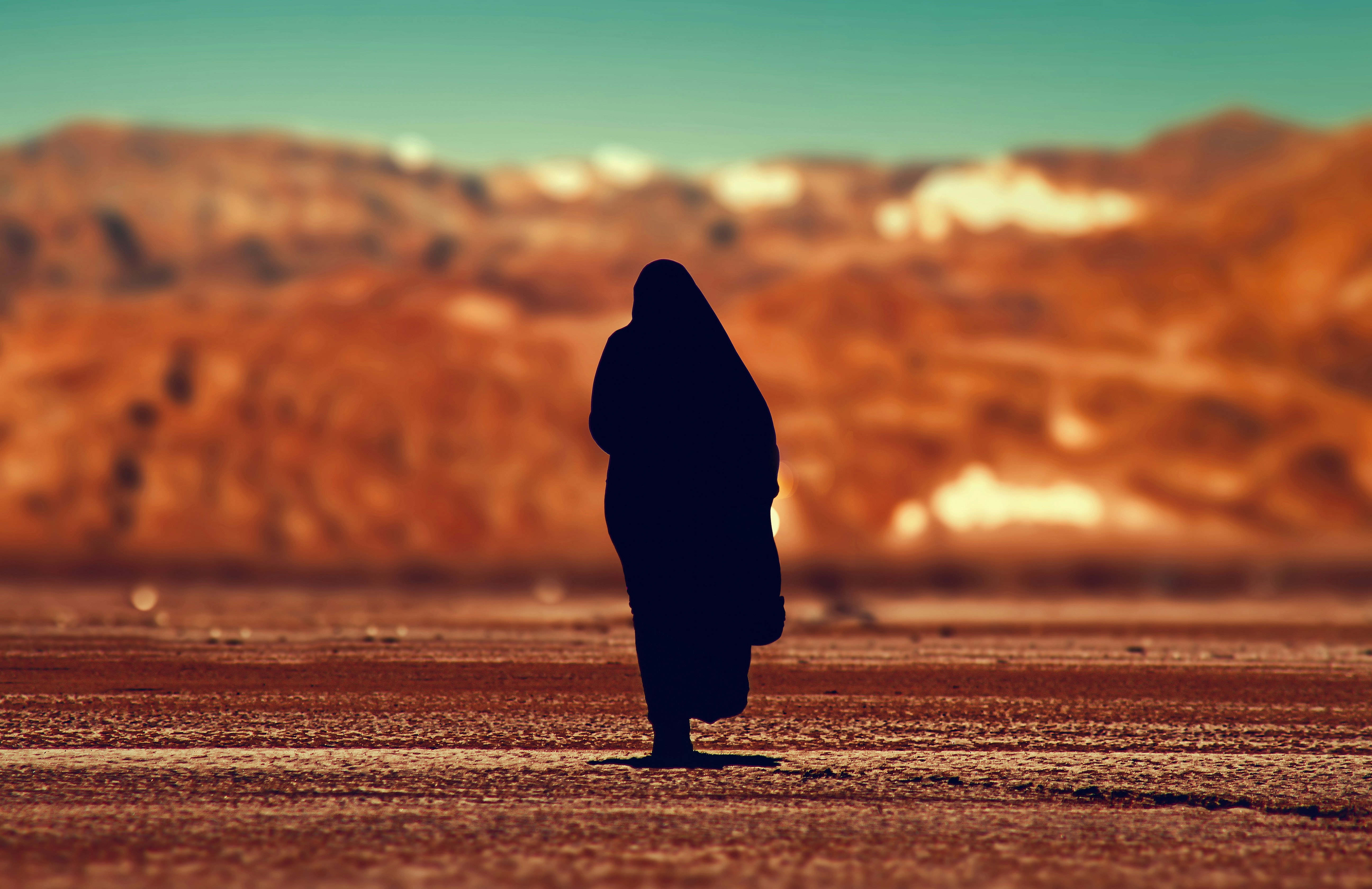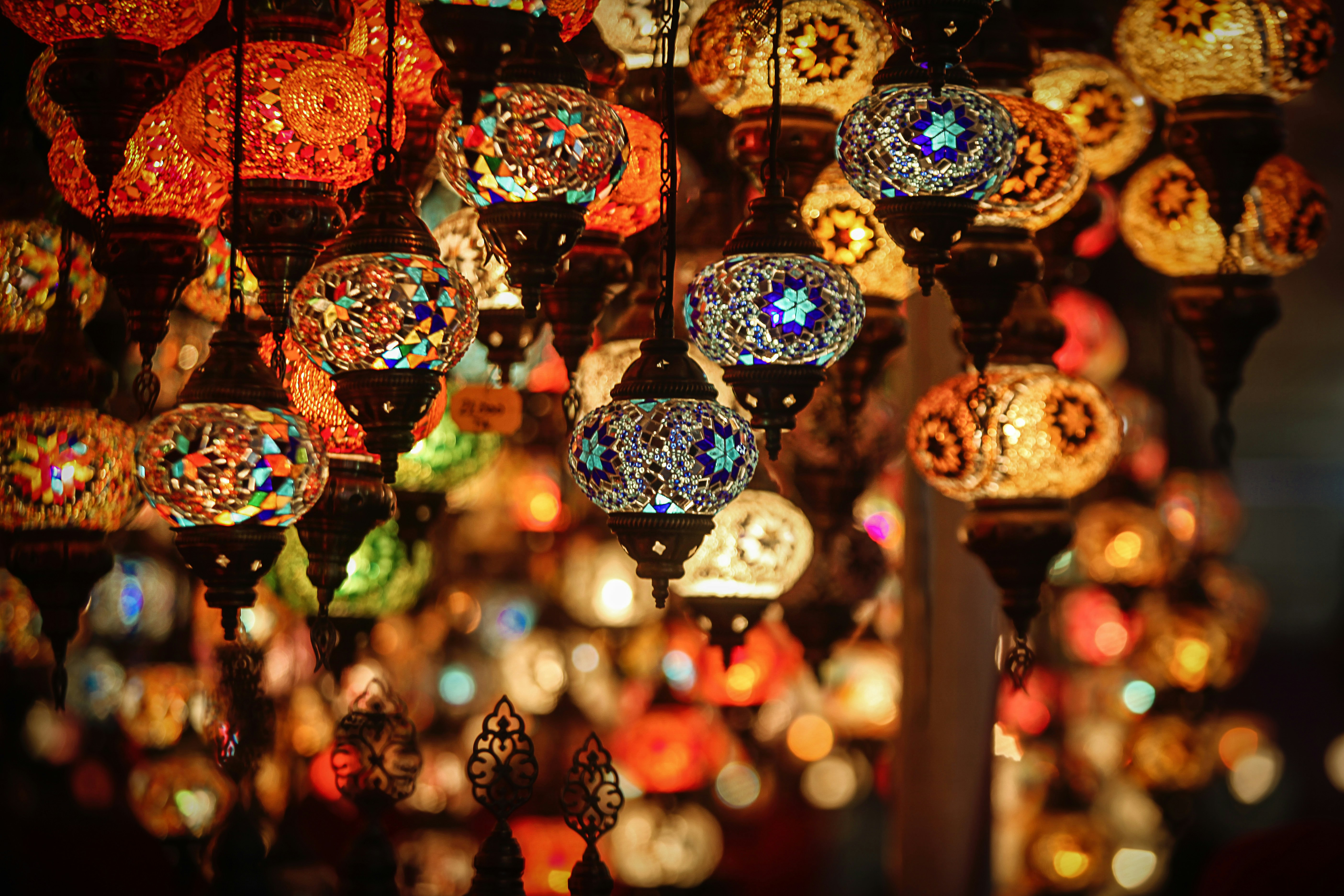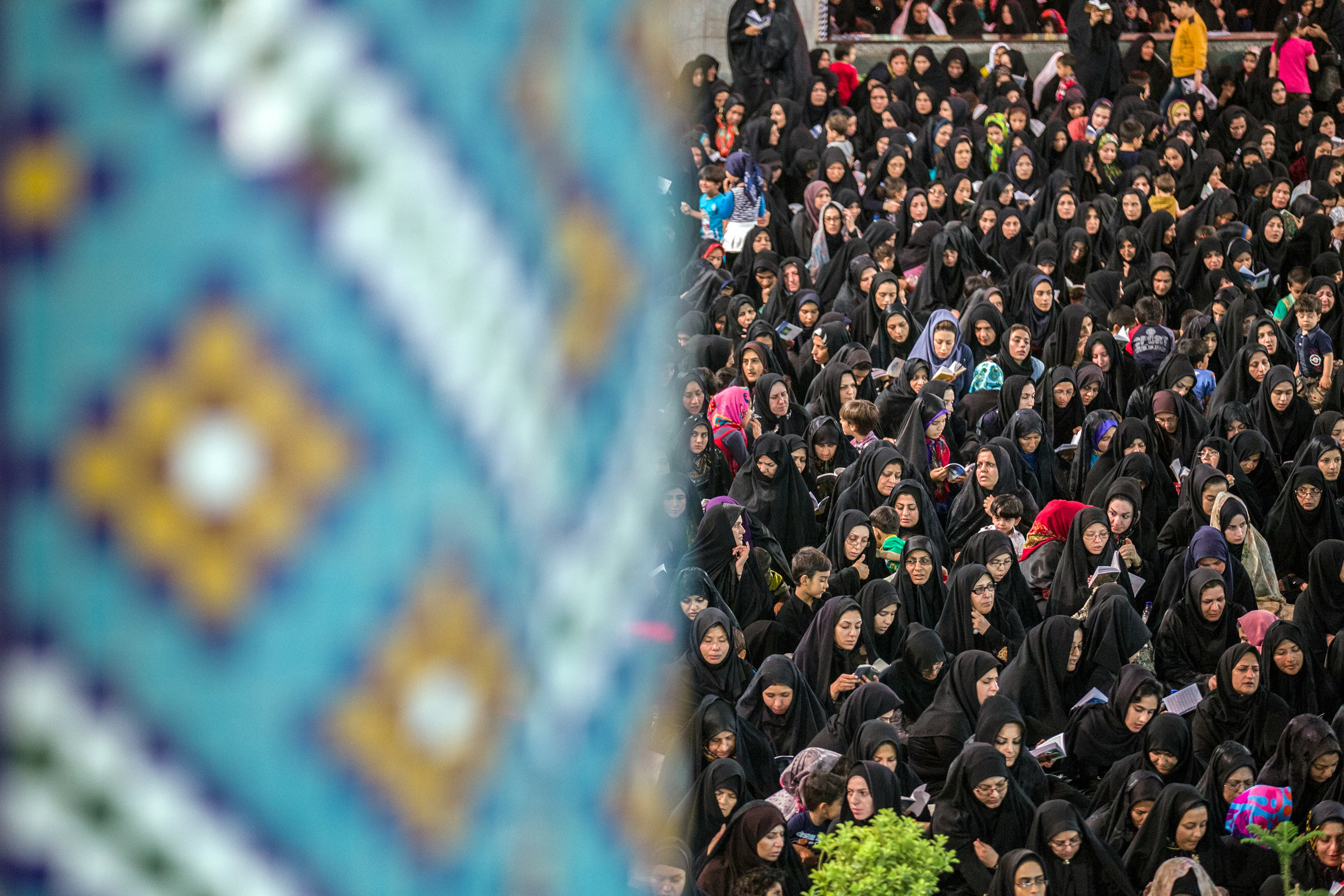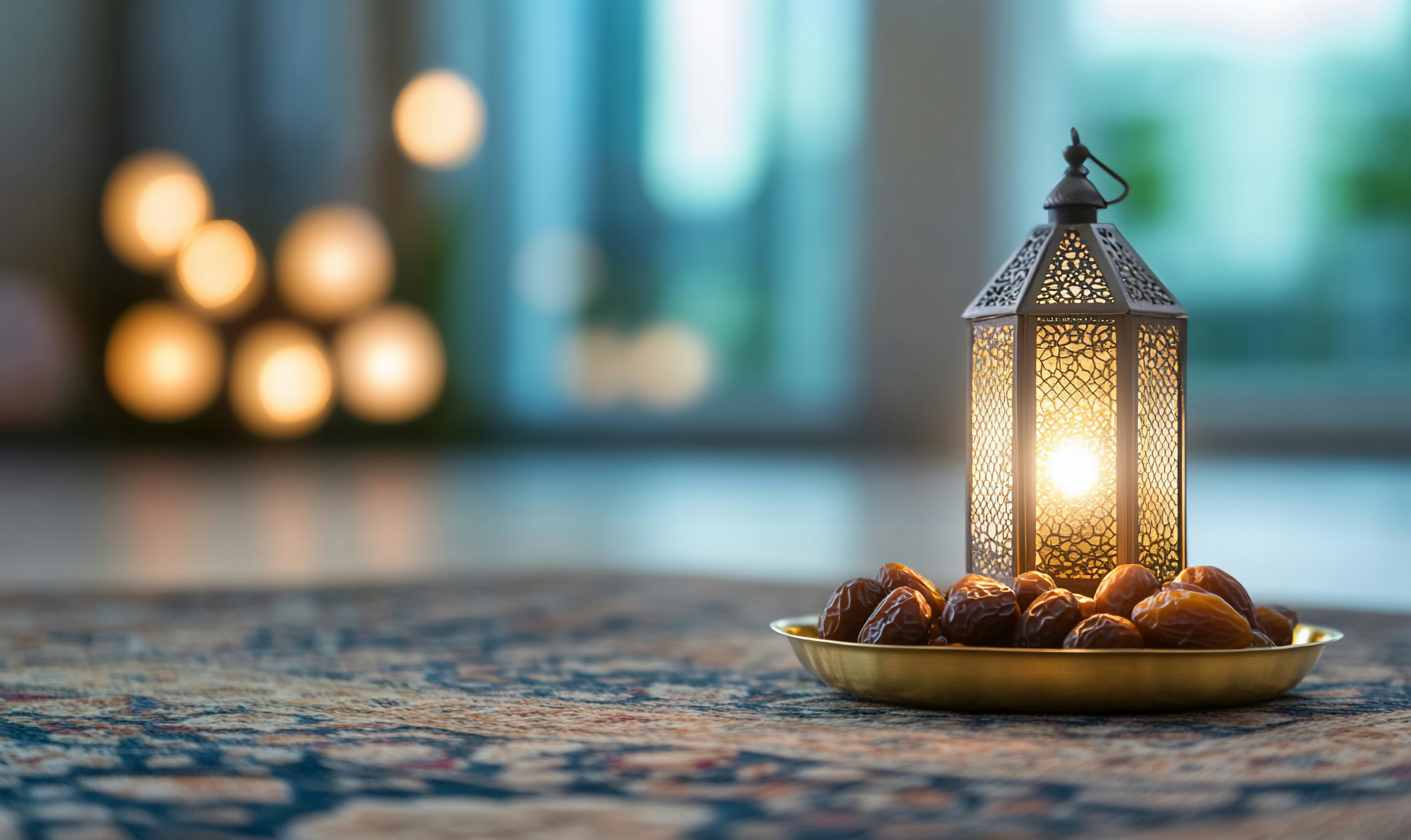Gems of Iran - The Art of Being Iranian: A Celebration of Persian Aesthetics
August 4, 2025 - When Walls Speak – The Poetry of Iranian Street Art
In the quiet corners of Iranian cities—on the backs of alley walls, under overpasses, beside bustling bazaars—the streets are speaking. Their language? Color. Form. Protest. Memory. This is the soul of Iranian street art—a medium born from the tension between restriction and expression, heritage and hope.
Though Iran is known for its classical elegance—sacred geometry, polished stone, mirrored shrines—its contemporary canvas lives in motion, evolving each night beneath spray cans and stencils. And unlike the tiled walls of mosques or the woven tales of Persian carpets, these murals are often fleeting.
But they are powerful. And they are deeply, profoundly Iranian.
A Canvas of Resistance and Reverence
Street art in Iran doesn’t merely decorate. It challenges. It remembers. It dreams.
Some murals echo ancient poetry:
“Bishnaw az nay chon hikayat mikonad…”
“Listen to the reed flute, how it tells a tale…” —Rumi
Others cry out for freedom, for women’s voices, for justice.
They reclaim space not just with words, but with images of unveiled defiance, eyes full of tears, or hands lifted toward light.
And yet others celebrate culture itself: delicate floral vines reminiscent of Persian miniatures, stylized lions from the Shahnameh, or swirling calligraphy blooming like roses from brick.
The Artists Who Walk the Line
To be a street artist in Iran is to move in shadow. It is a quiet revolution—anonymous, often illegal, but driven by deep conviction.
While many names remain hidden for safety, the global rise of Iranian street art has drawn attention to:
• ICY & SOT, brothers known for their stenciled social commentary
• Black Hand, often called the “Banksy of Iran,” whose bold feminist pieces went viral
• Shaghayegh Cyrous, blending public space with personal storytelling
These artists—and countless unnamed others—paint with both urgency and grace, honoring the legacy of Persian art while fiercely carving space for their own truths.
The Urban Tapestry
From Tehran to Shiraz, the textures of the city are changing:
• In old neighborhoods, calligraphy snakes up aged walls, as if the poets of old have returned with a spray can
• In university districts, abstract faces and vivid protest symbols pulse with youth energy
• In side streets, quiet tributes to martyrs, women, and jailed voices flicker in fading light
Even when erased, these images leave a trace. They become stories passed from one set of eyes to another—living archives of resistance and remembrance.
In Closing
Street art in Iran is not separate from its past—it is its bold continuation.
It reminds us that beauty, when repressed, will always find a crack to bloom through.
Because in Iran, art is not confined to galleries or shrines.
It is in the alleys, on the bricks, in the breath of youth.
It lives.
And it waits for someone to look up and see it.
